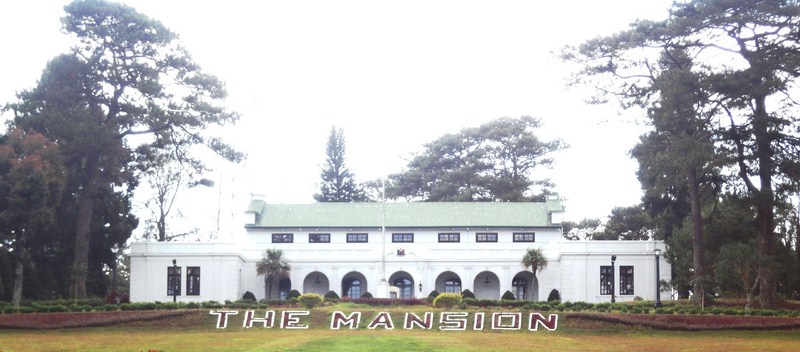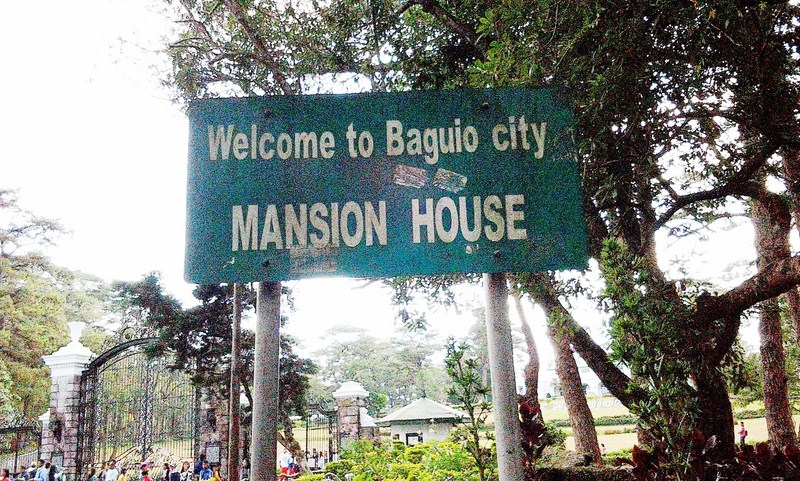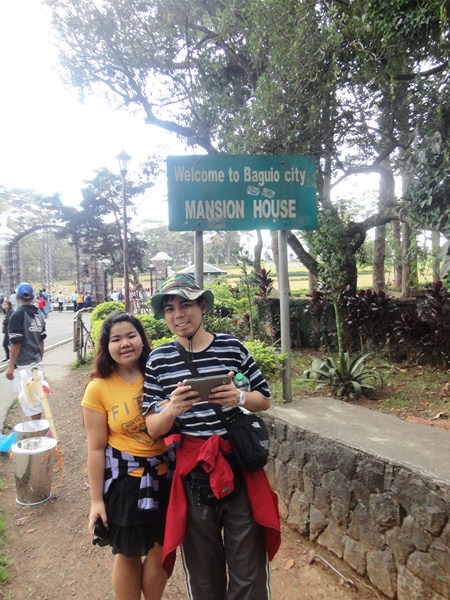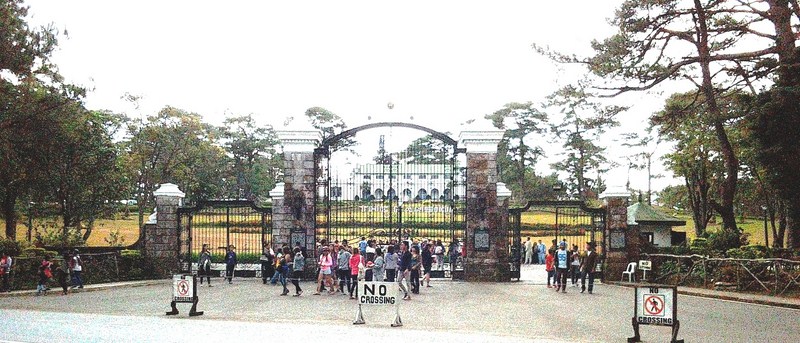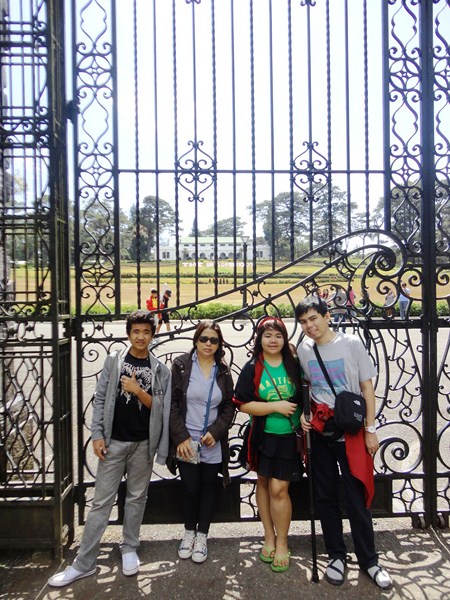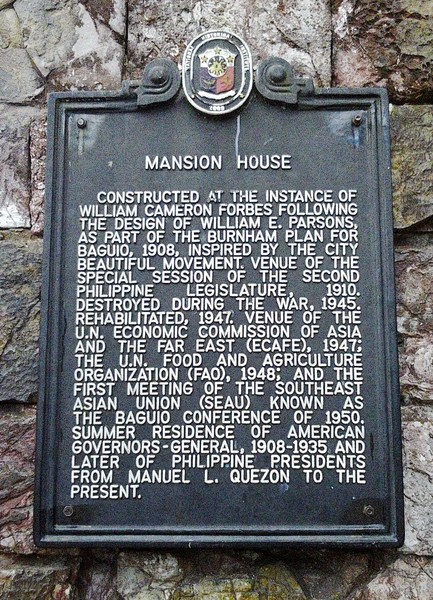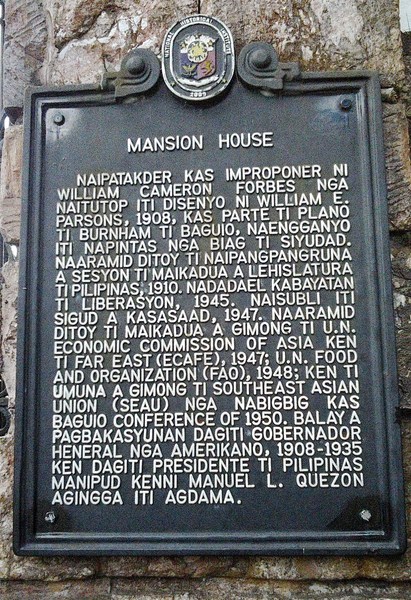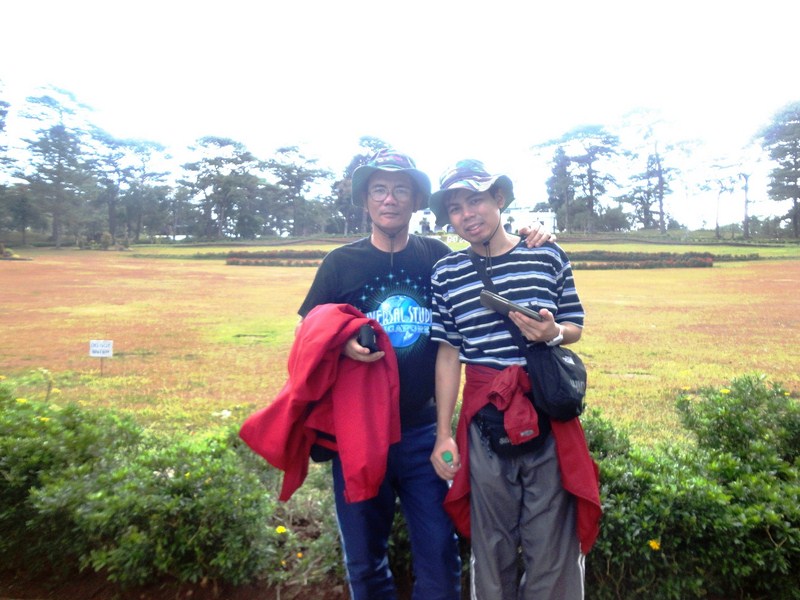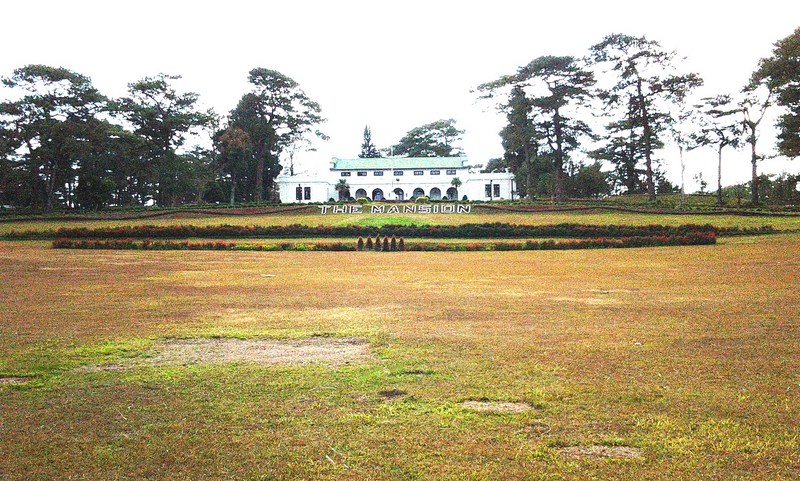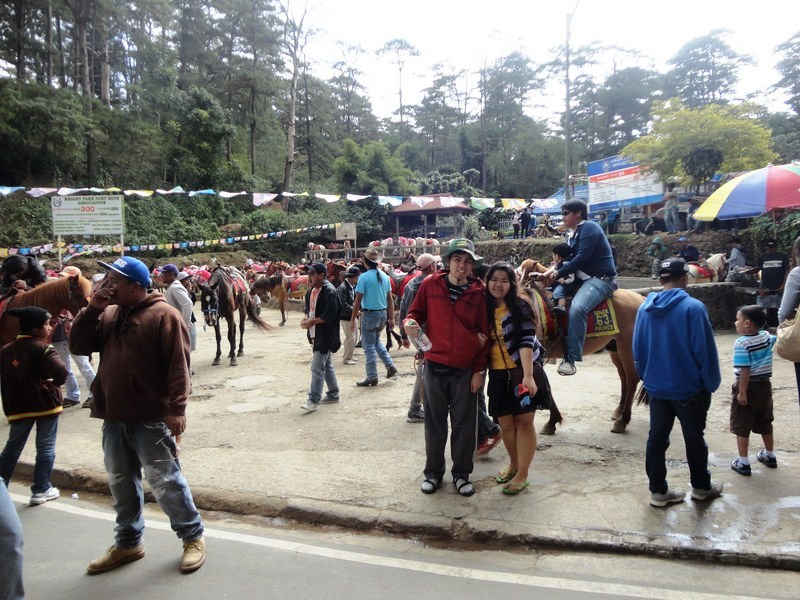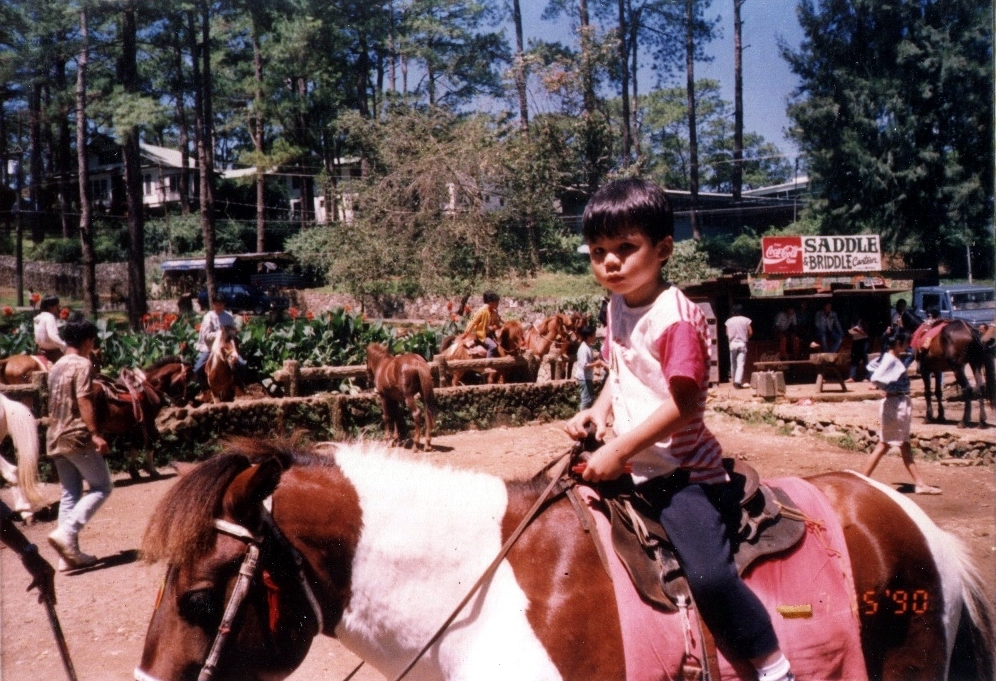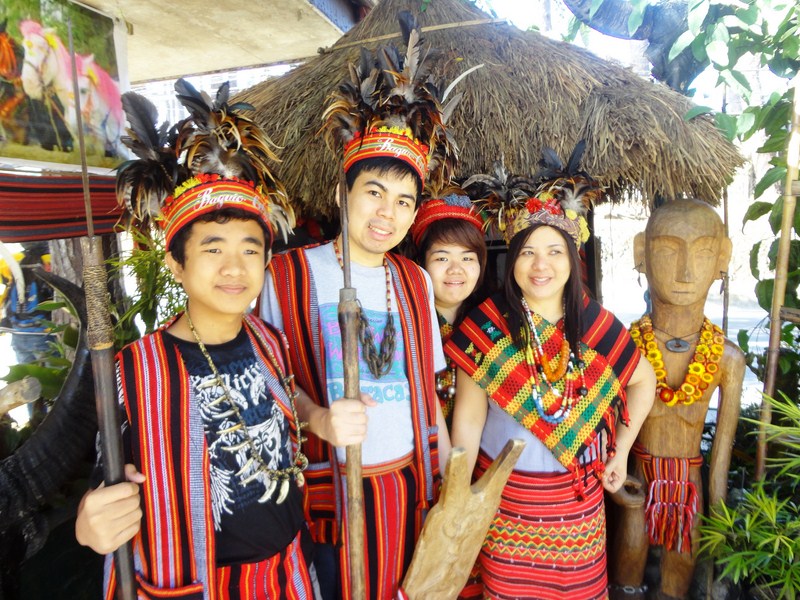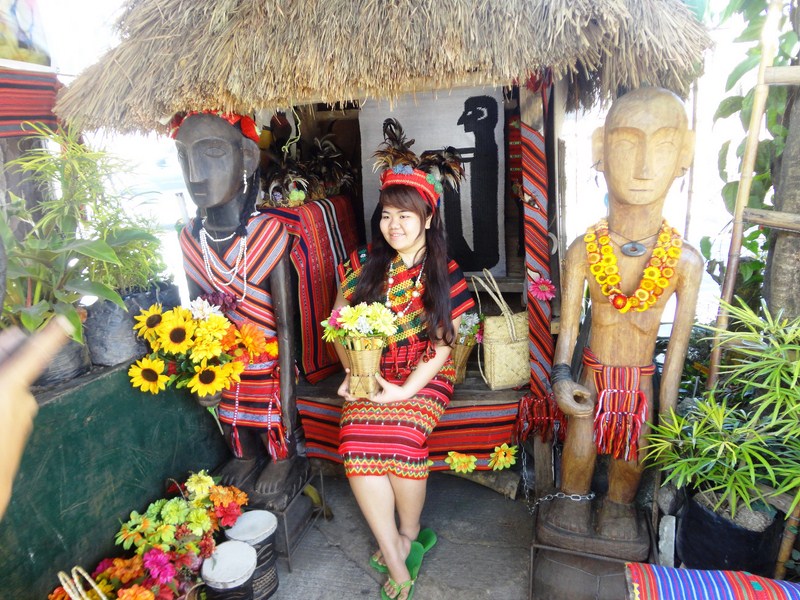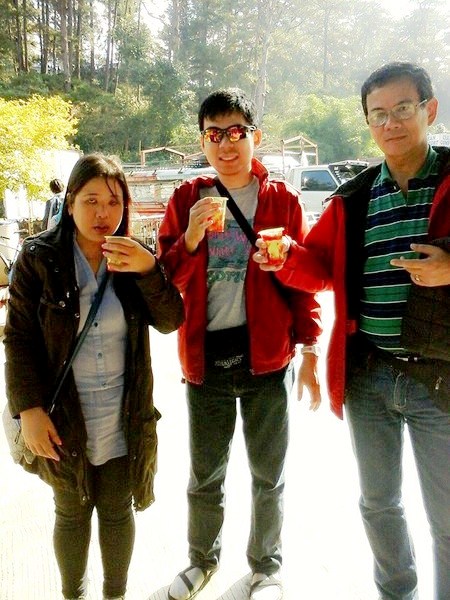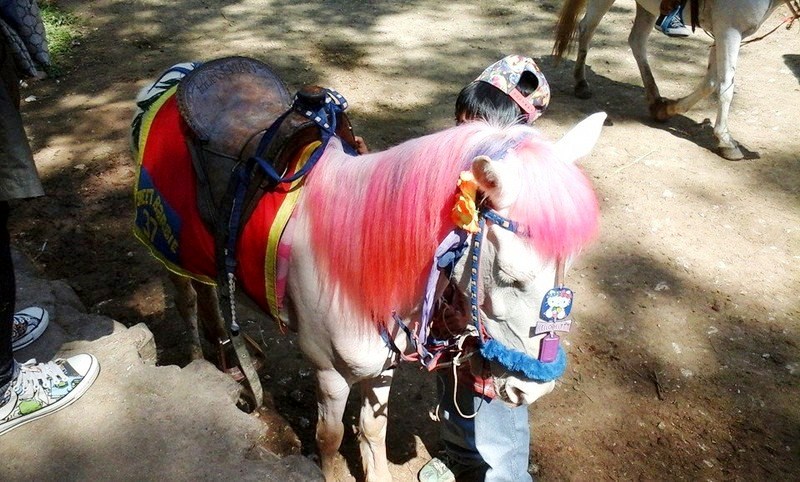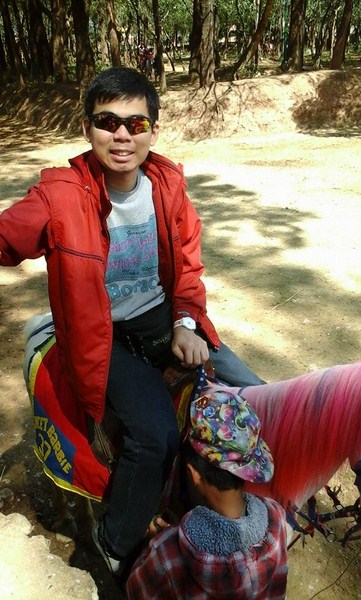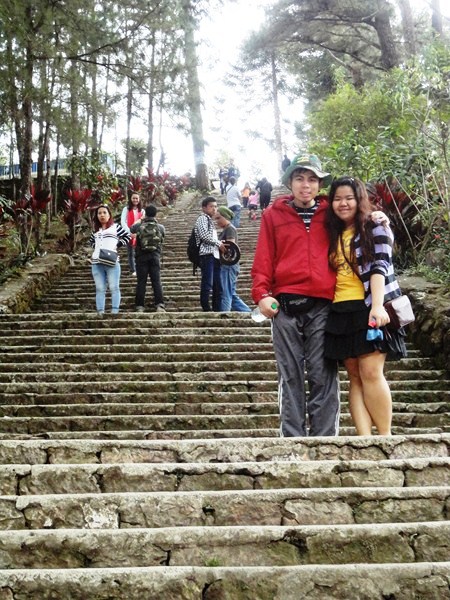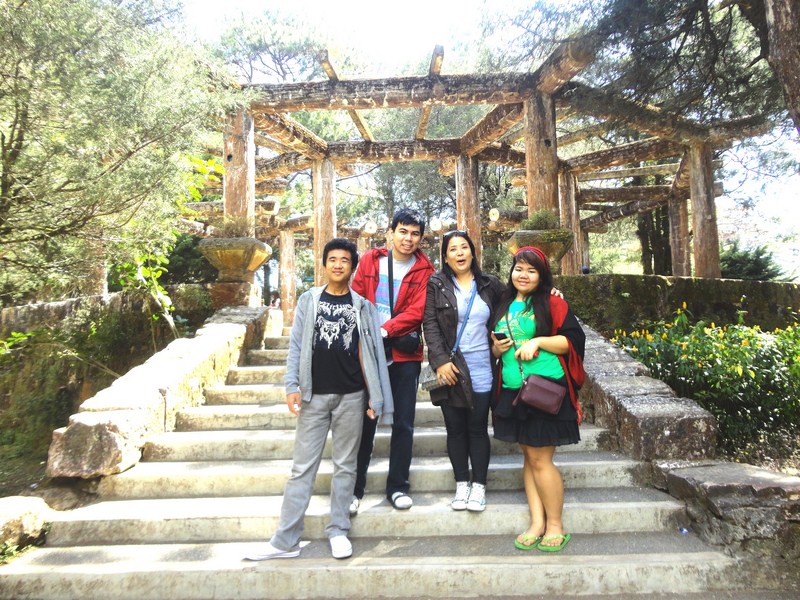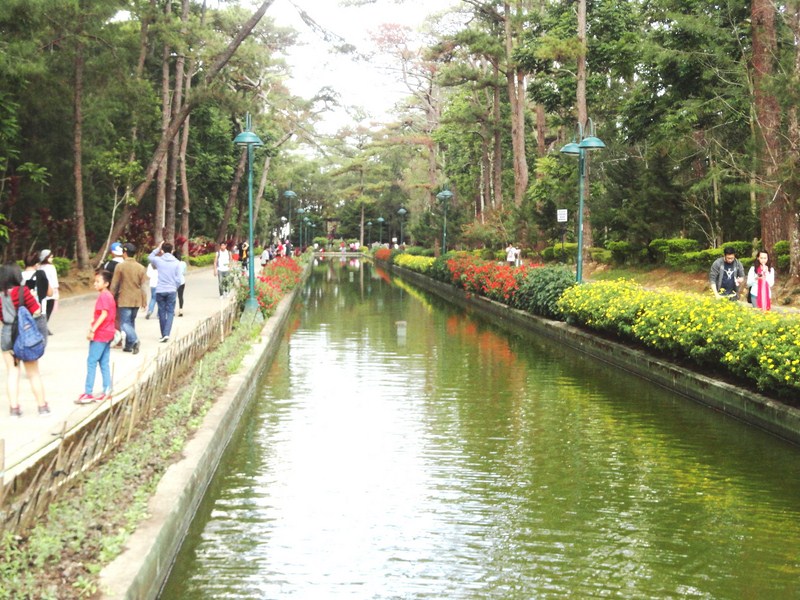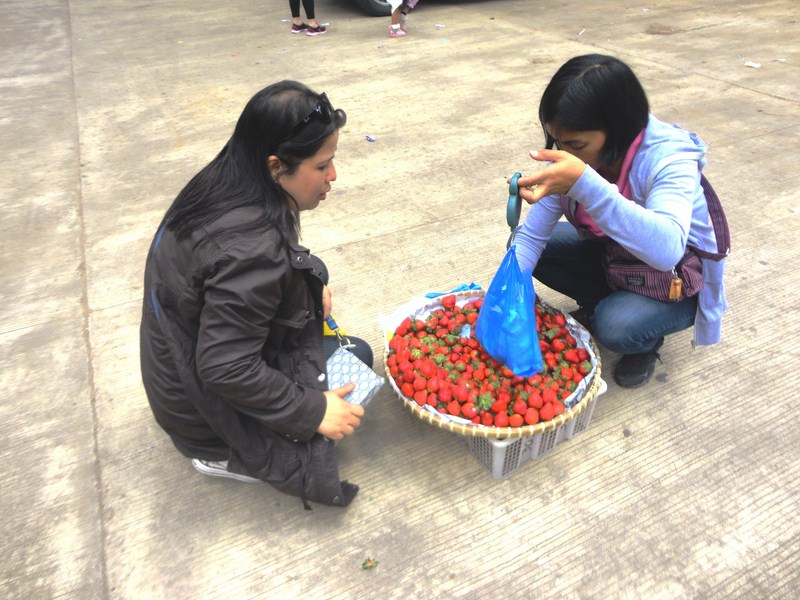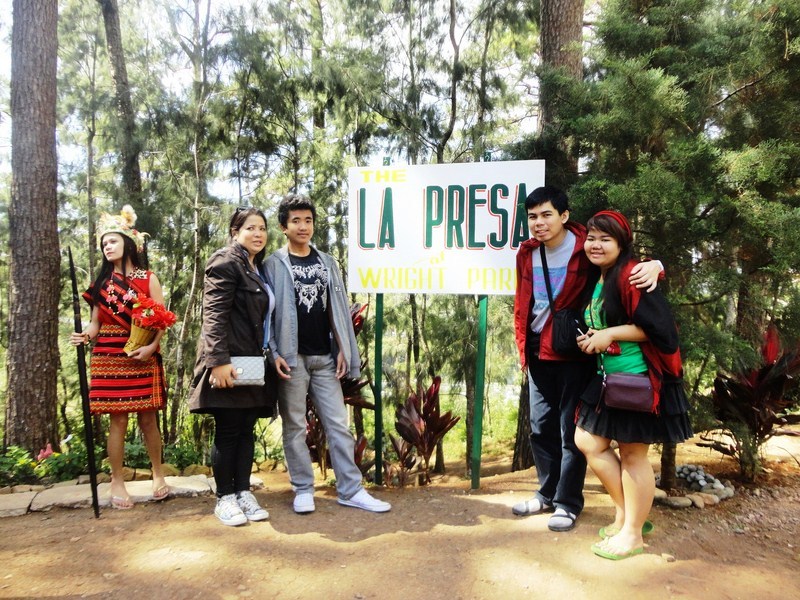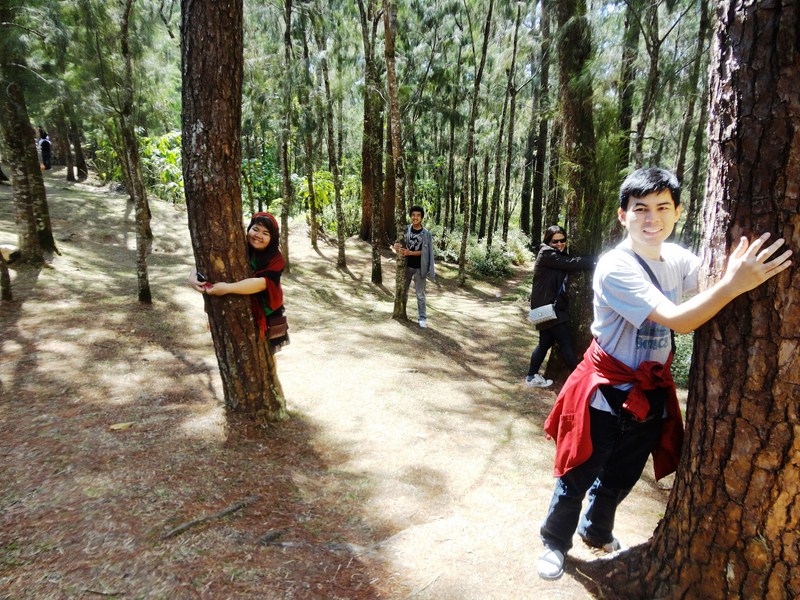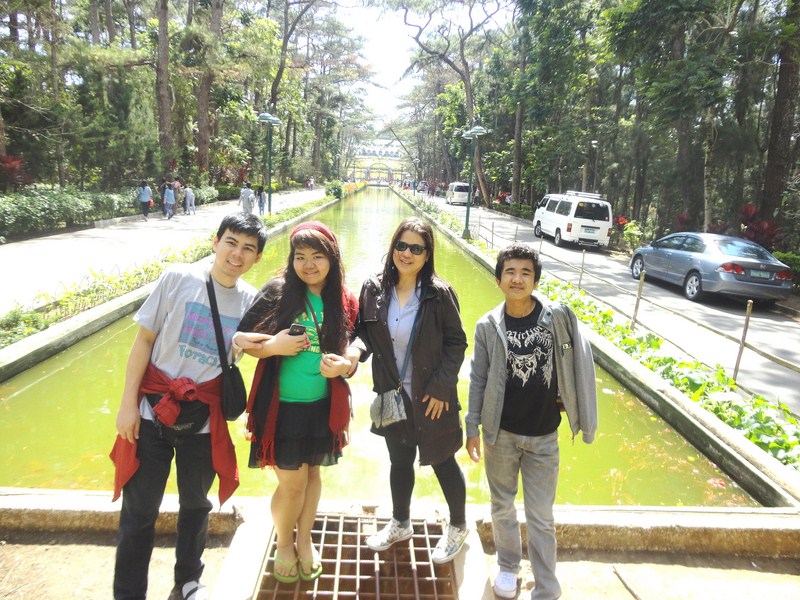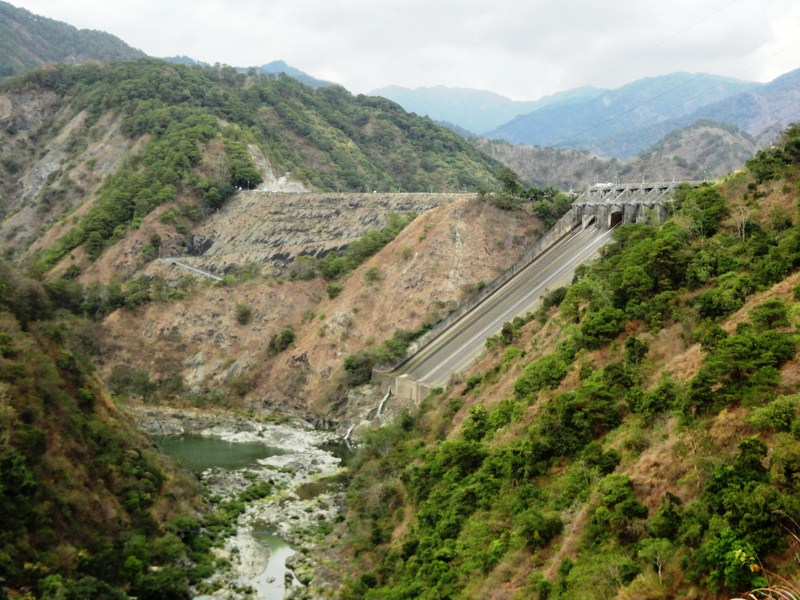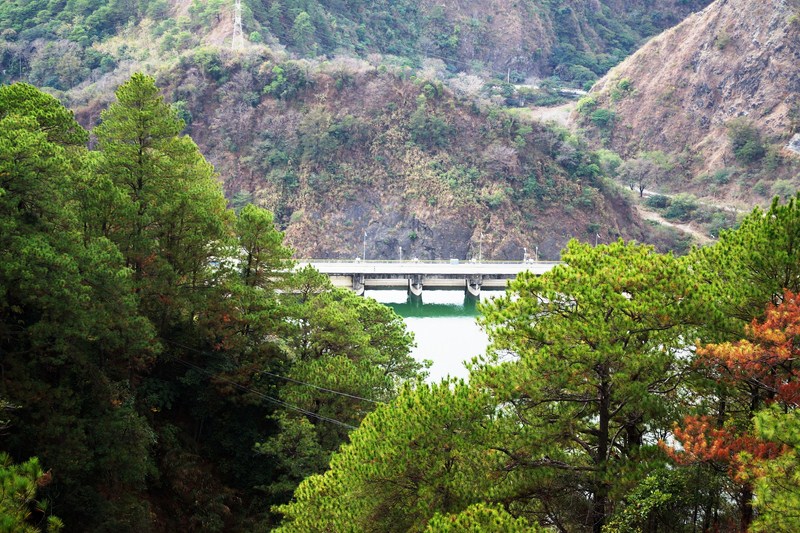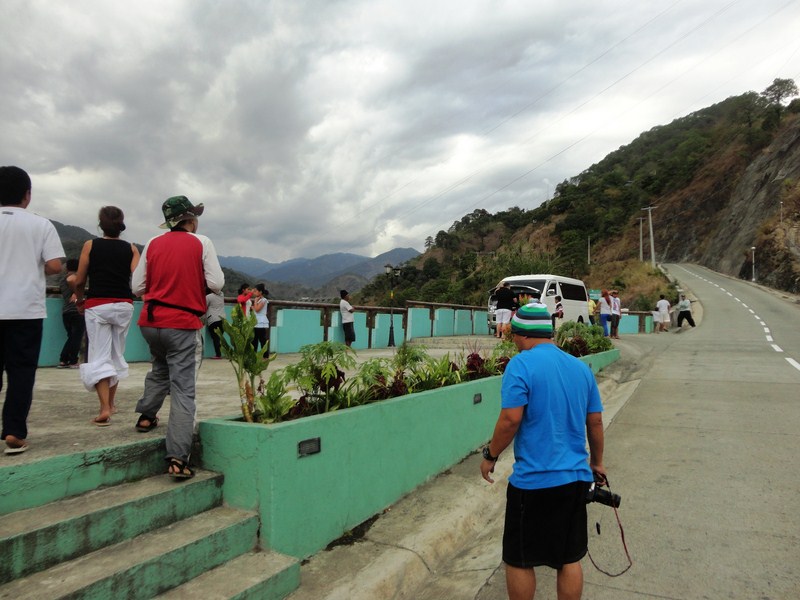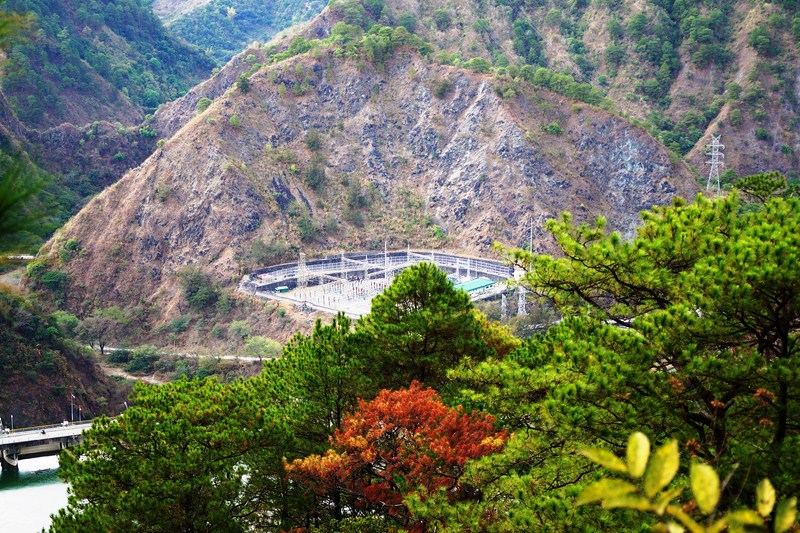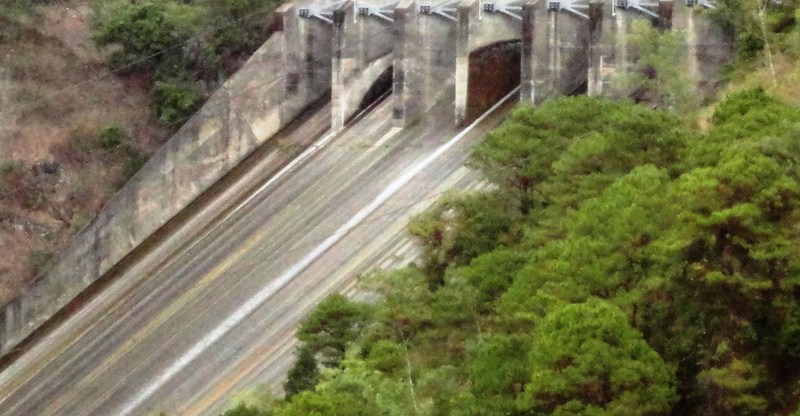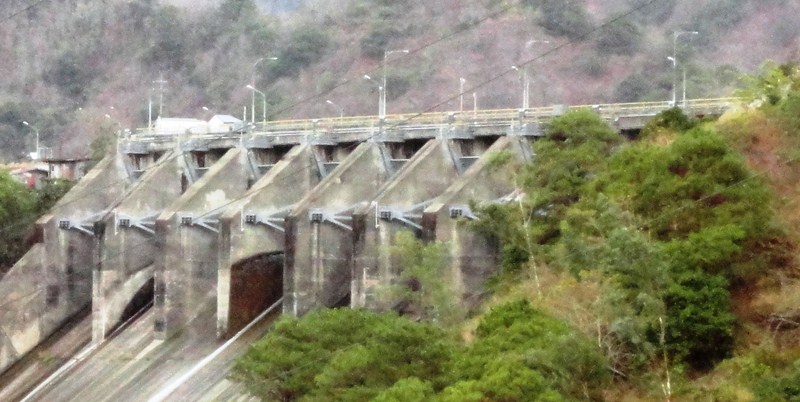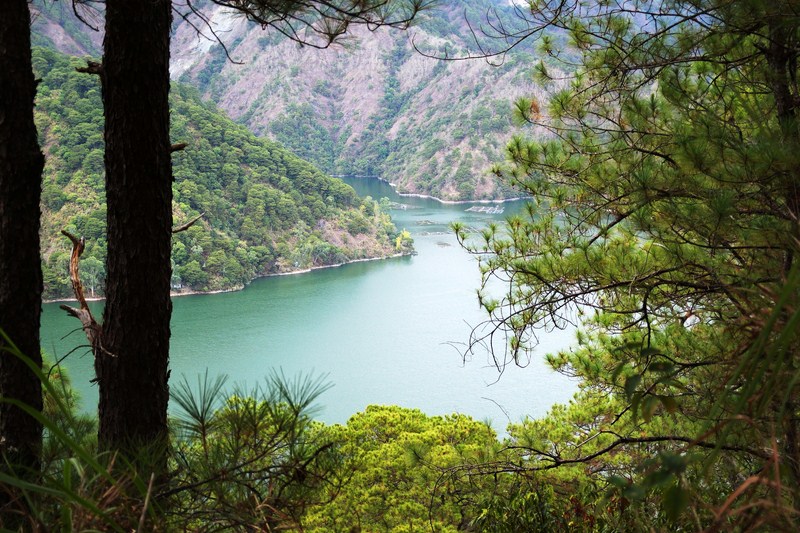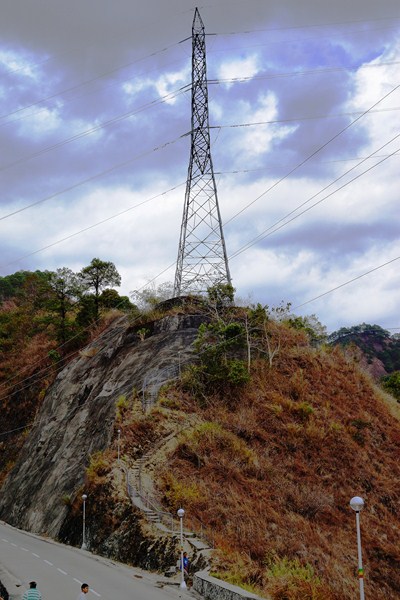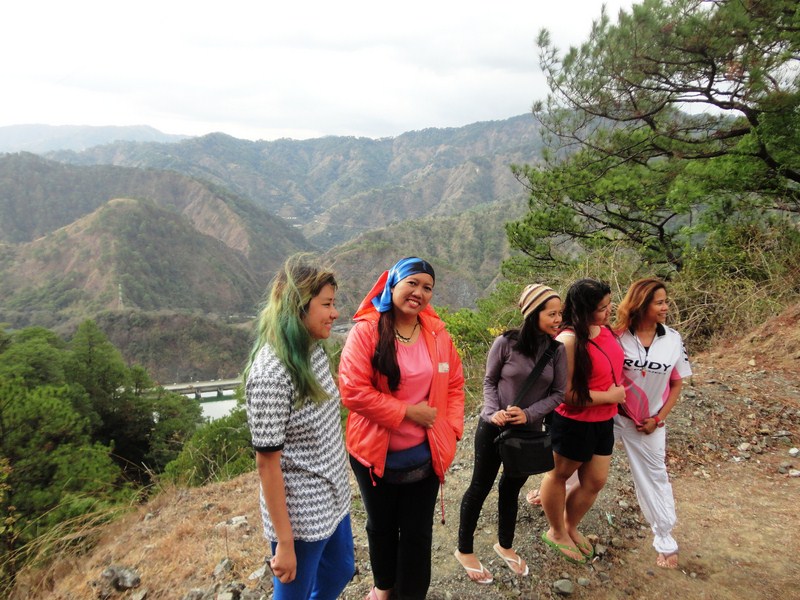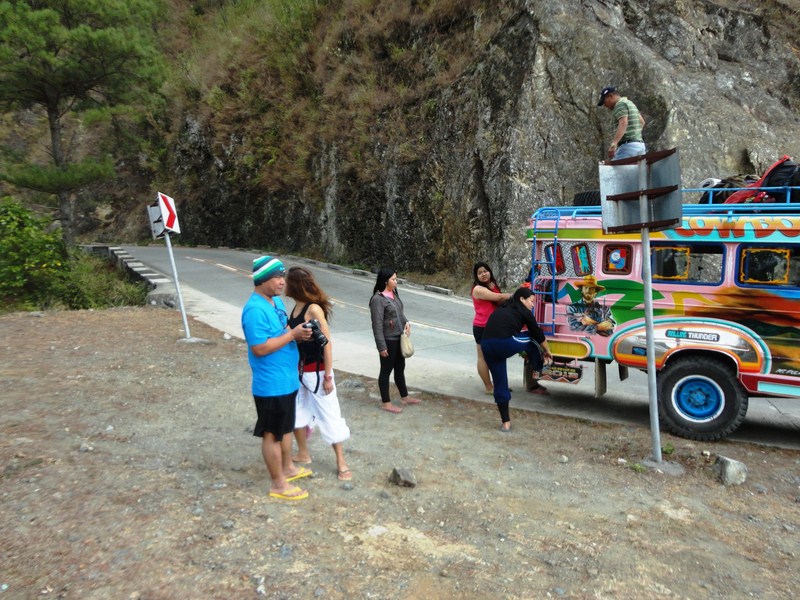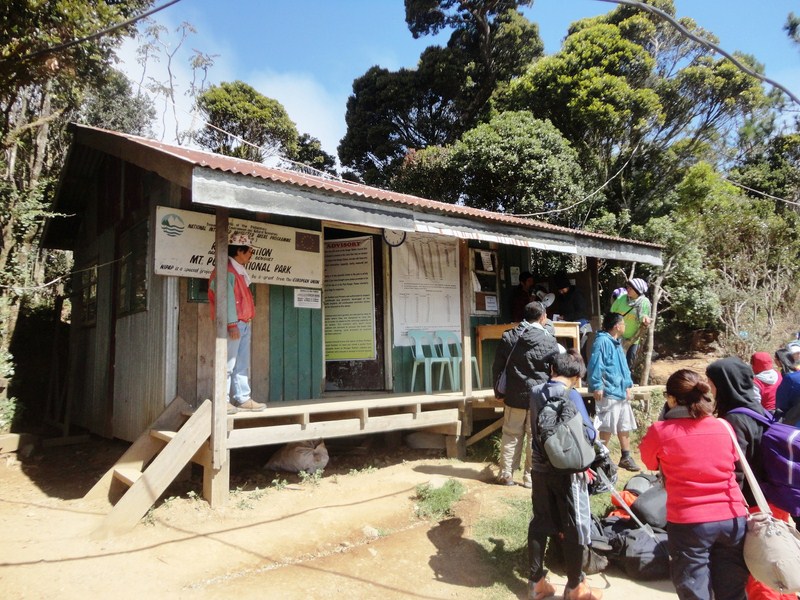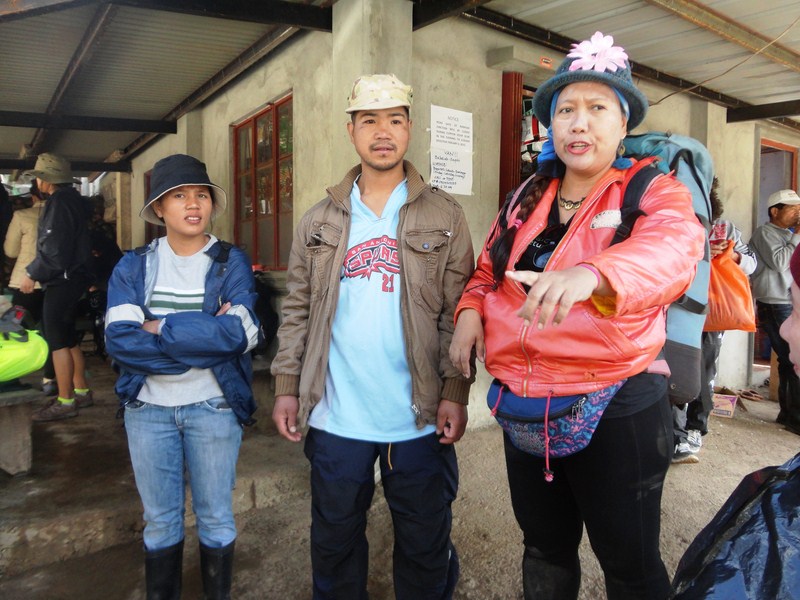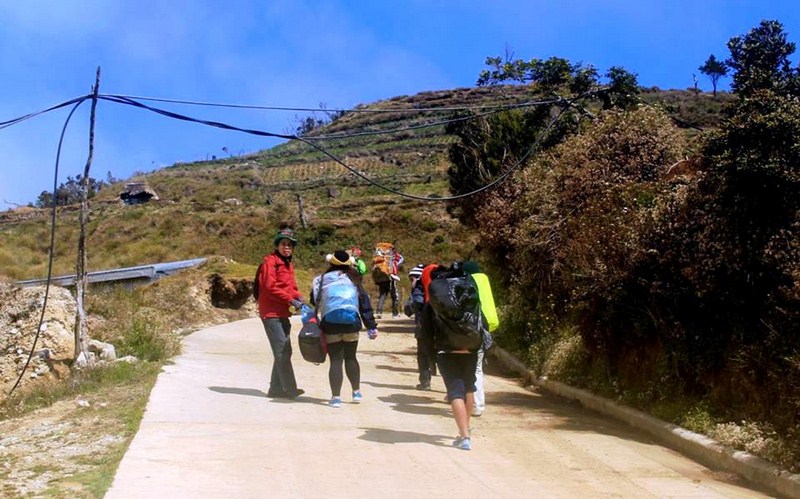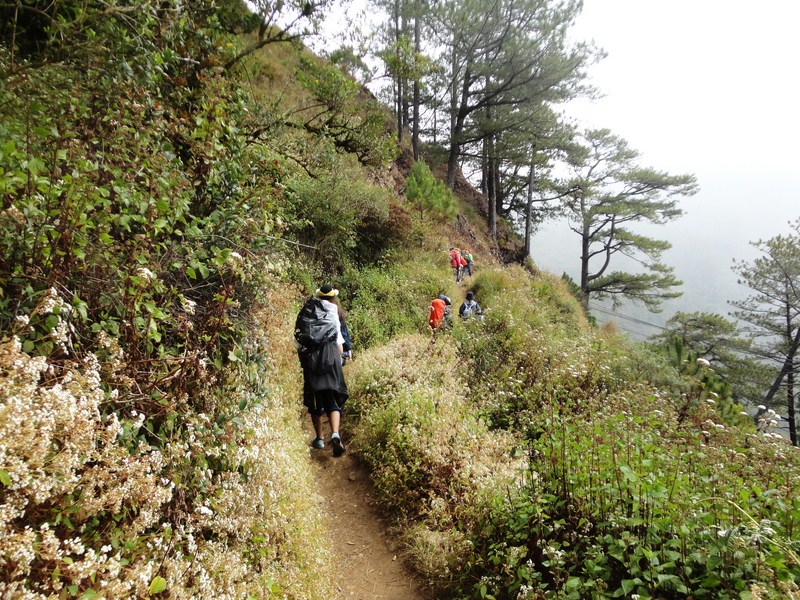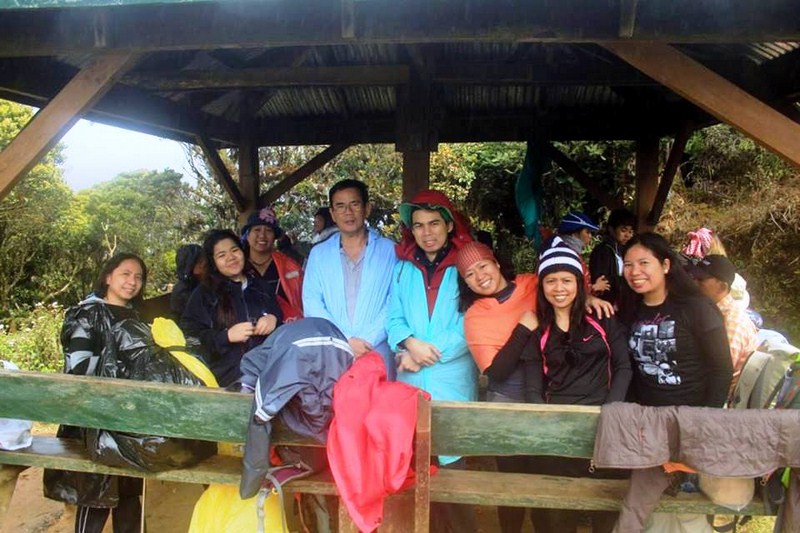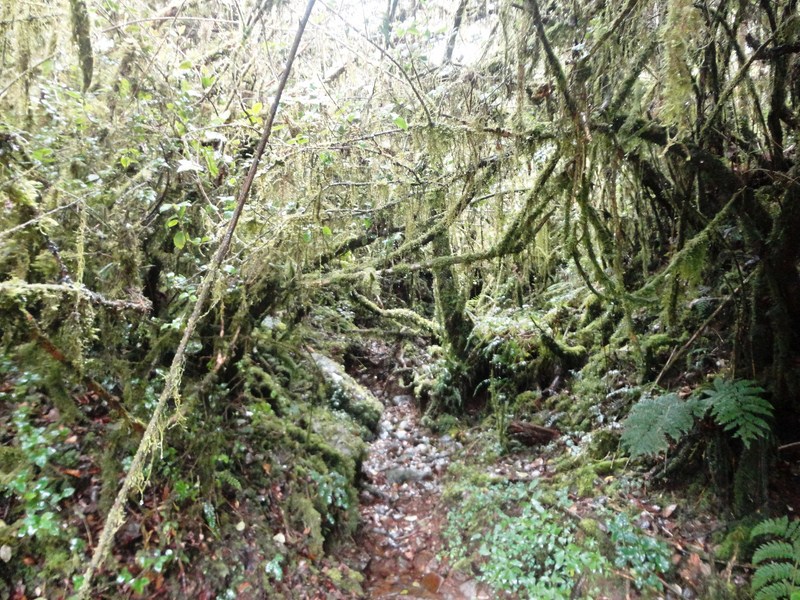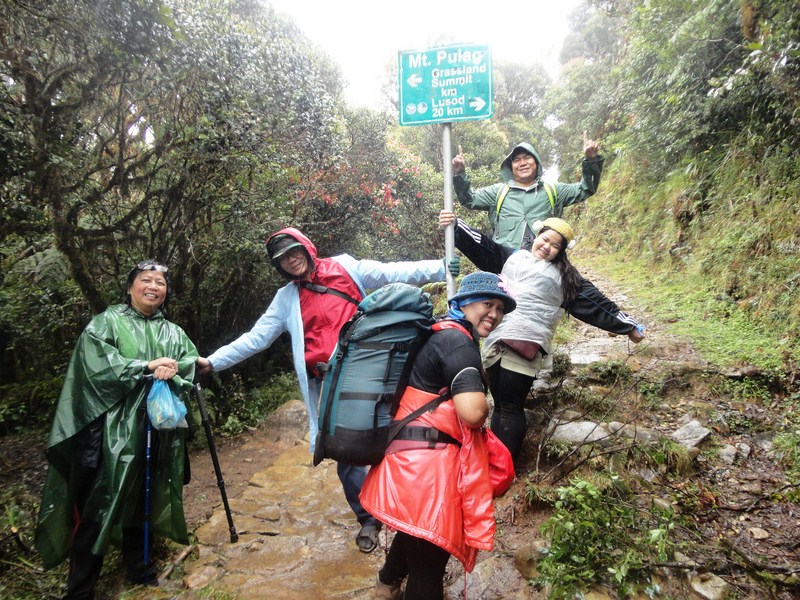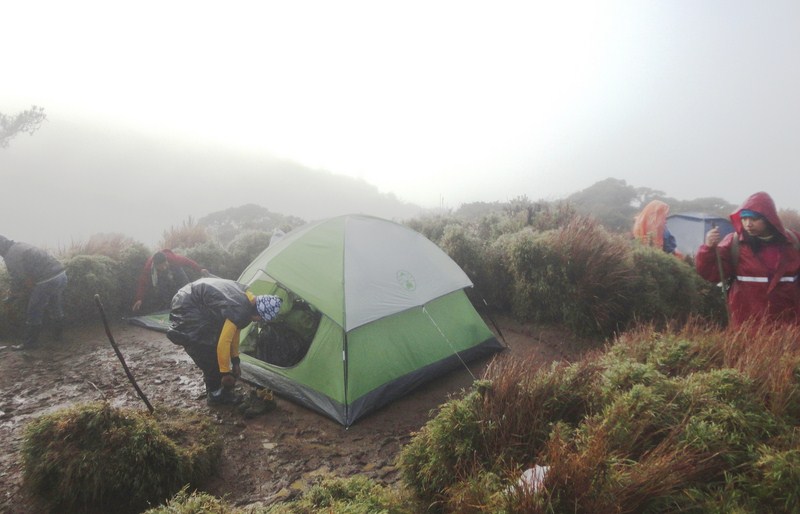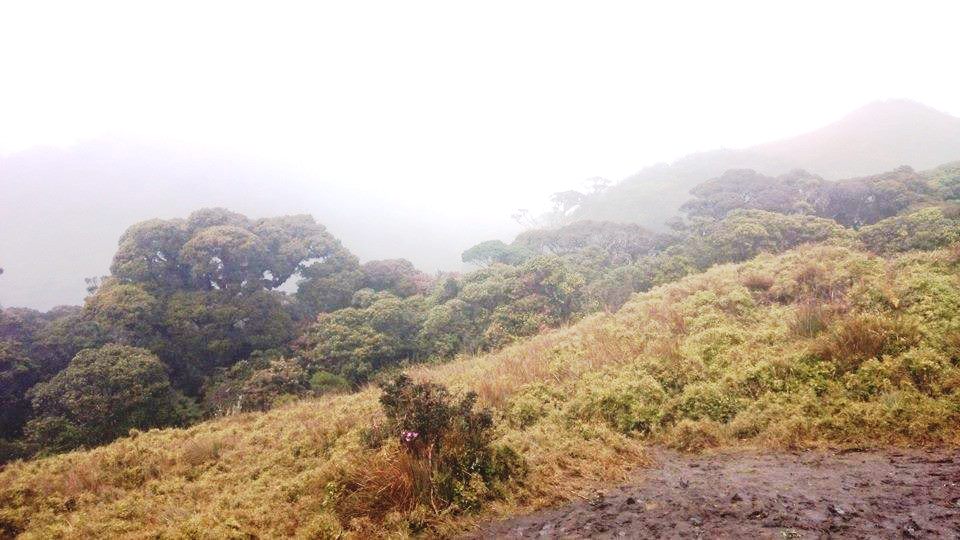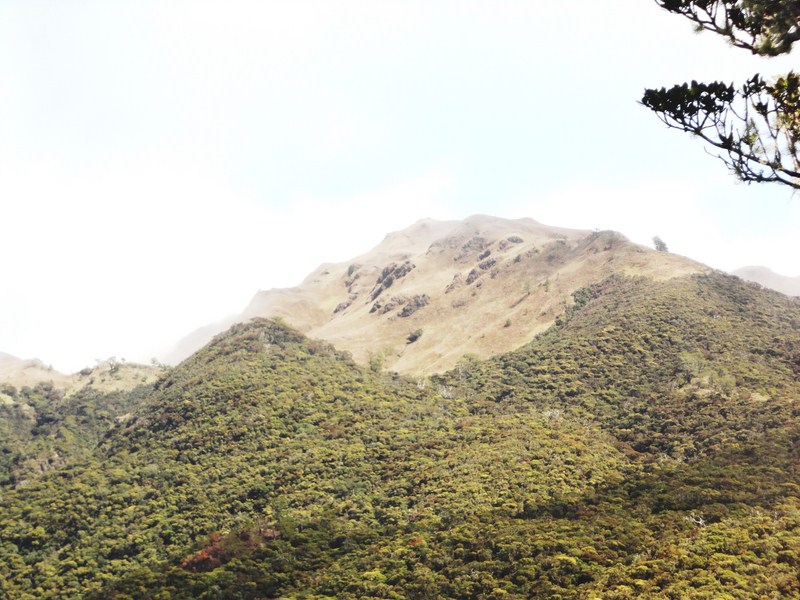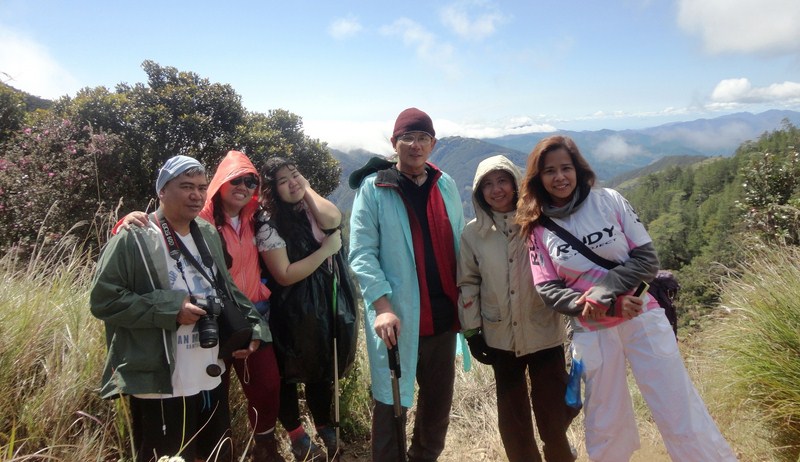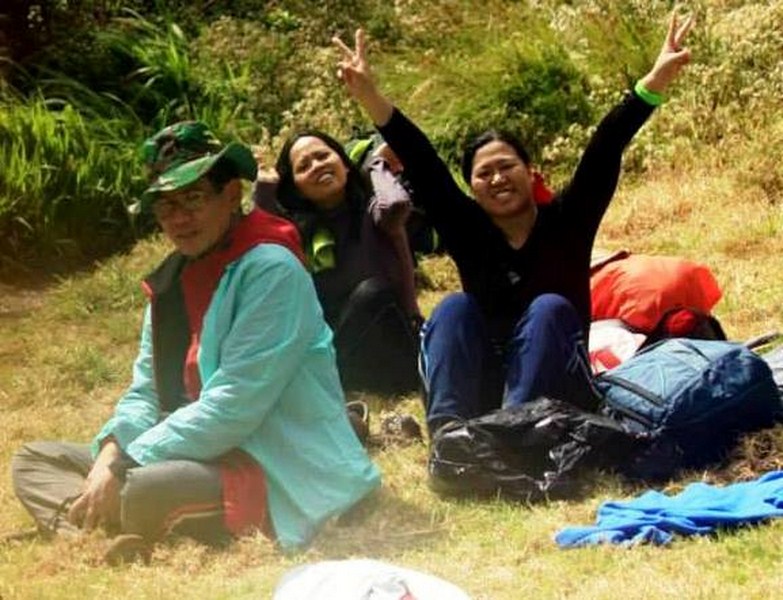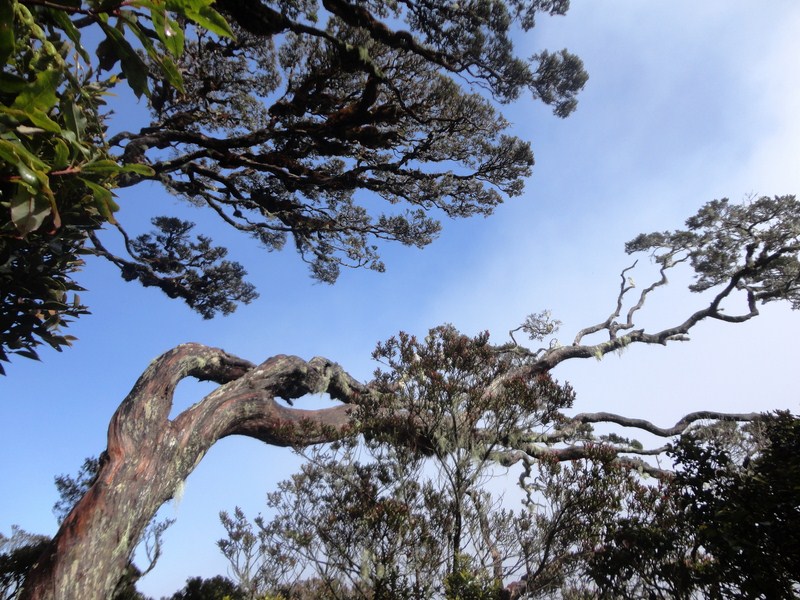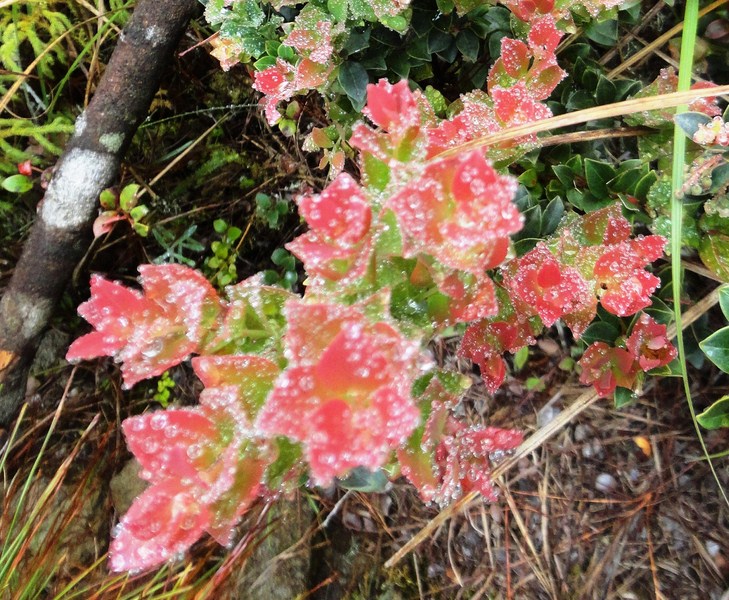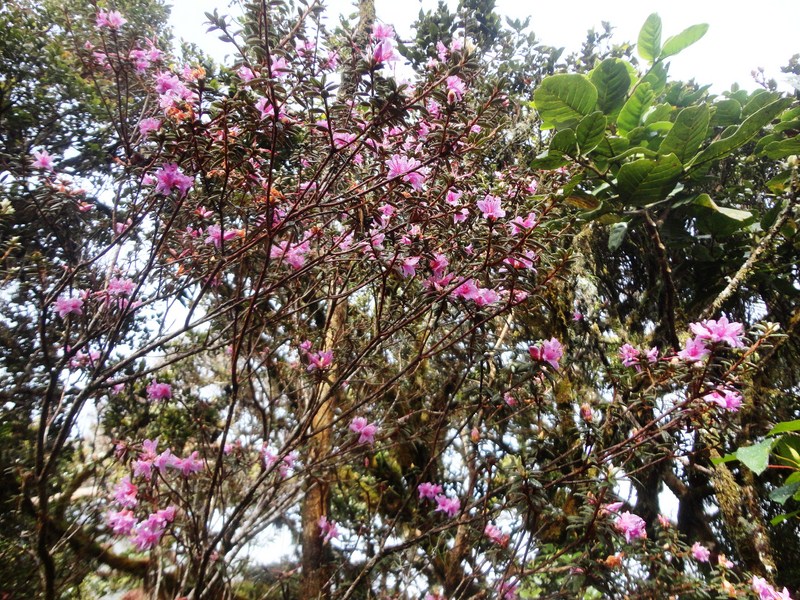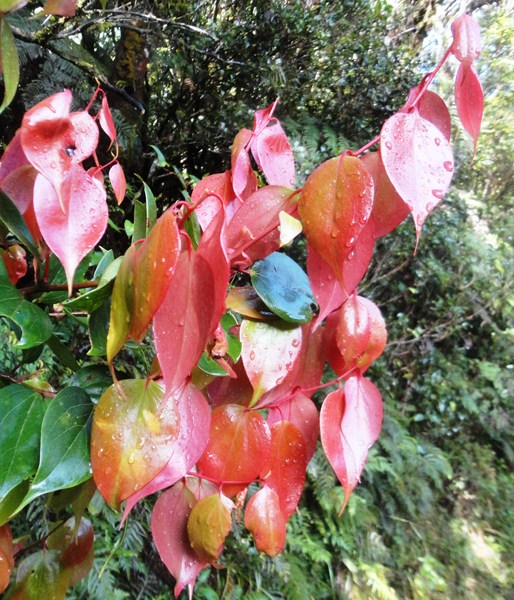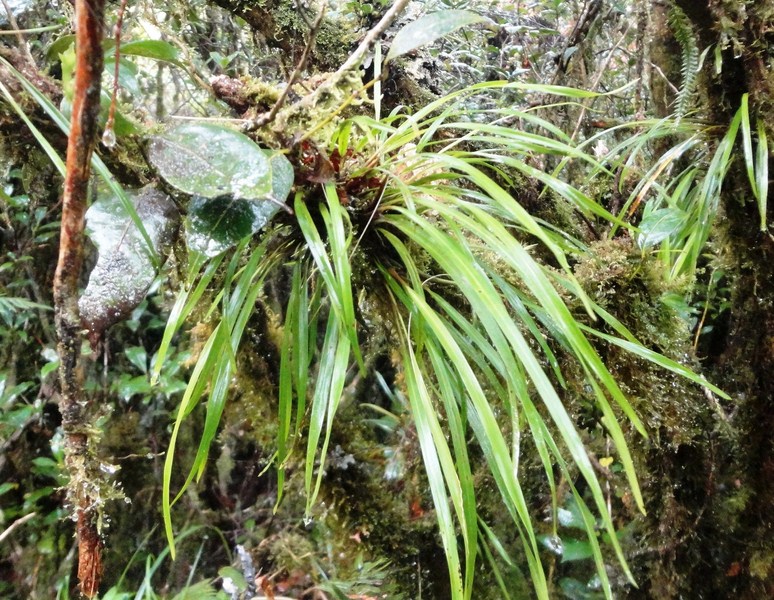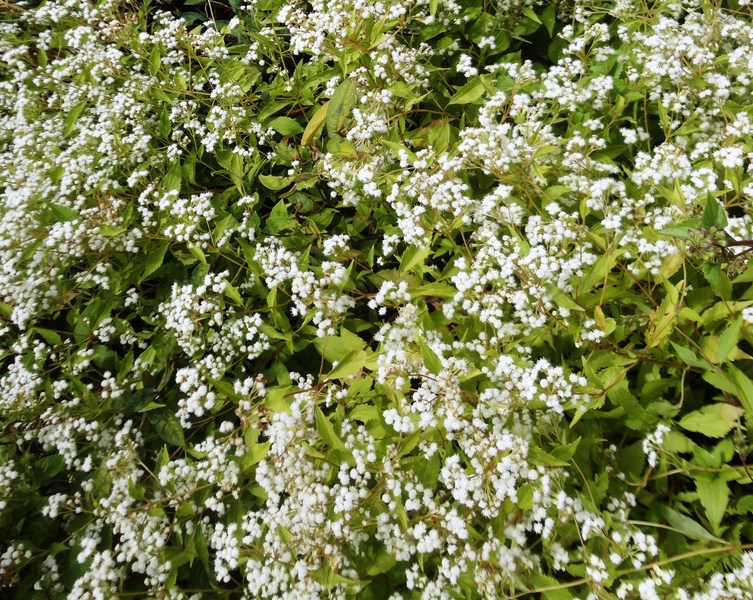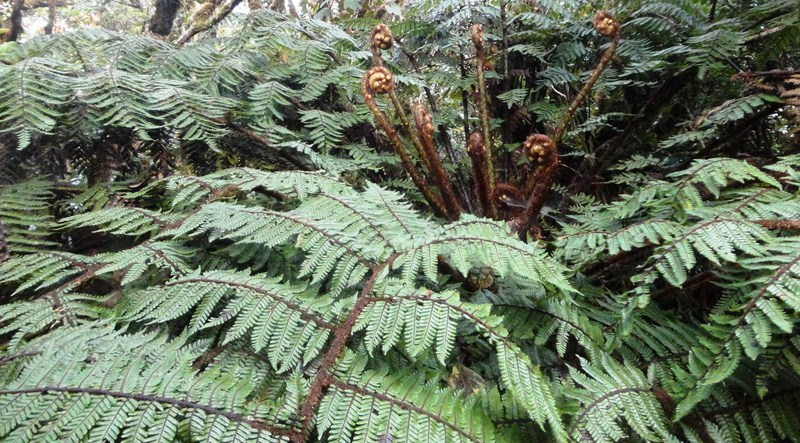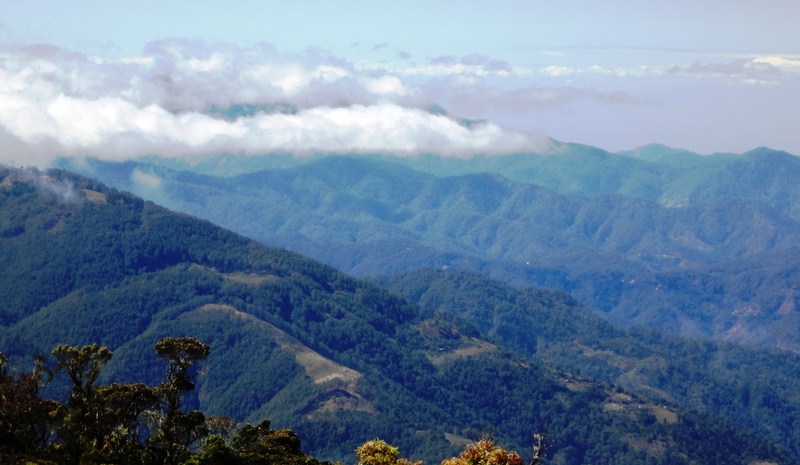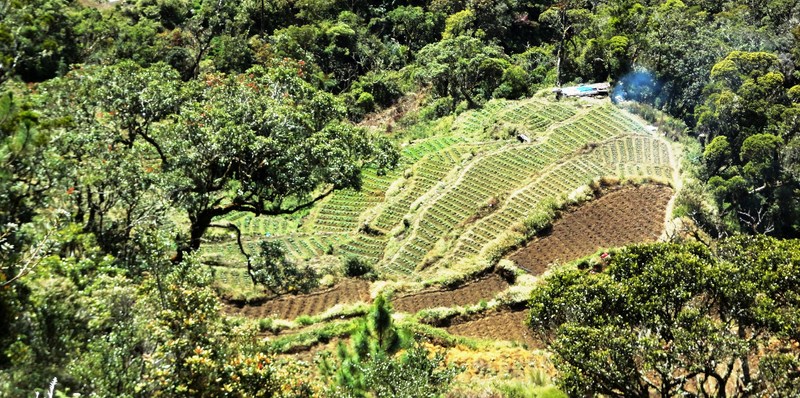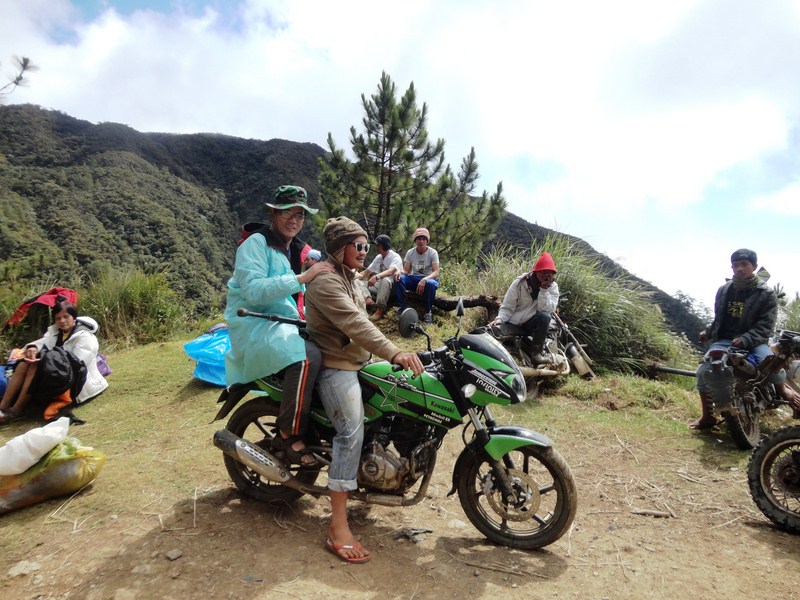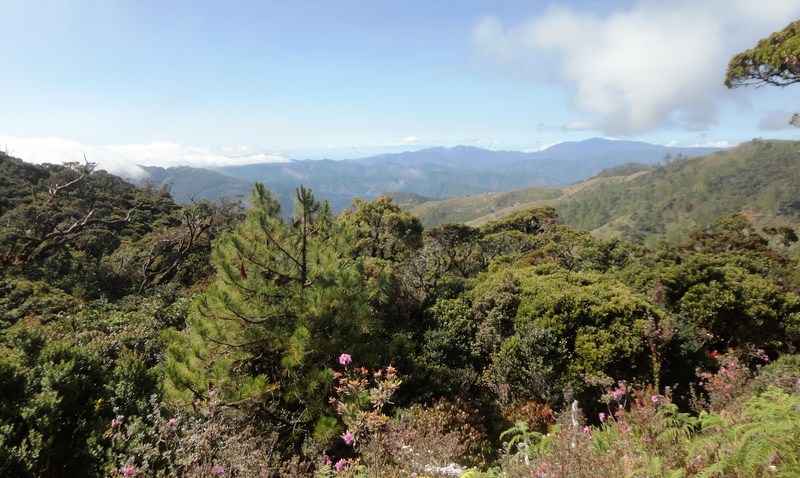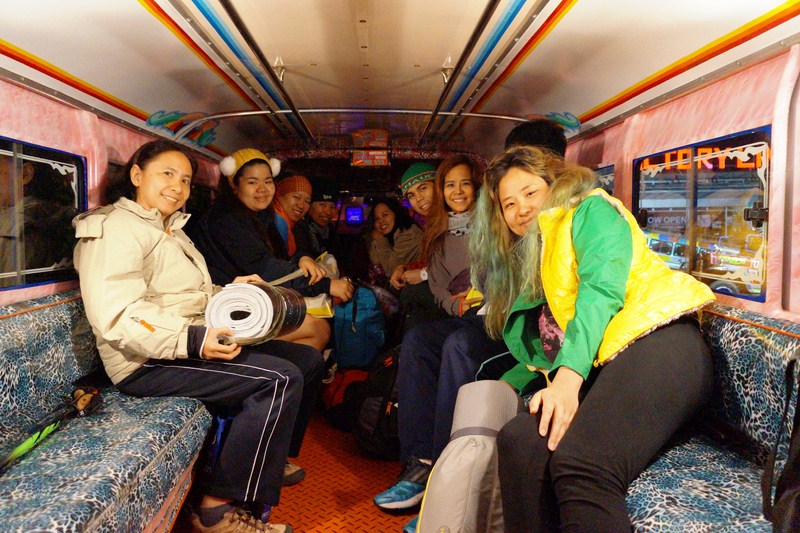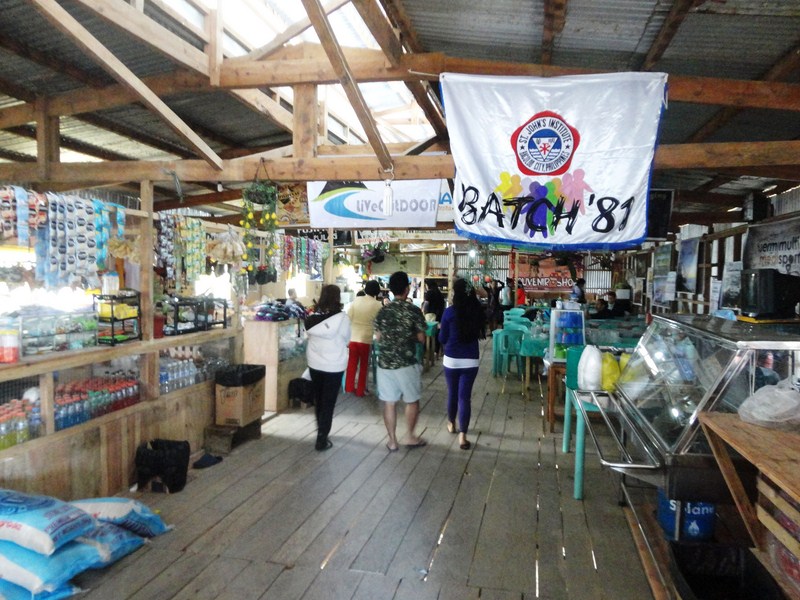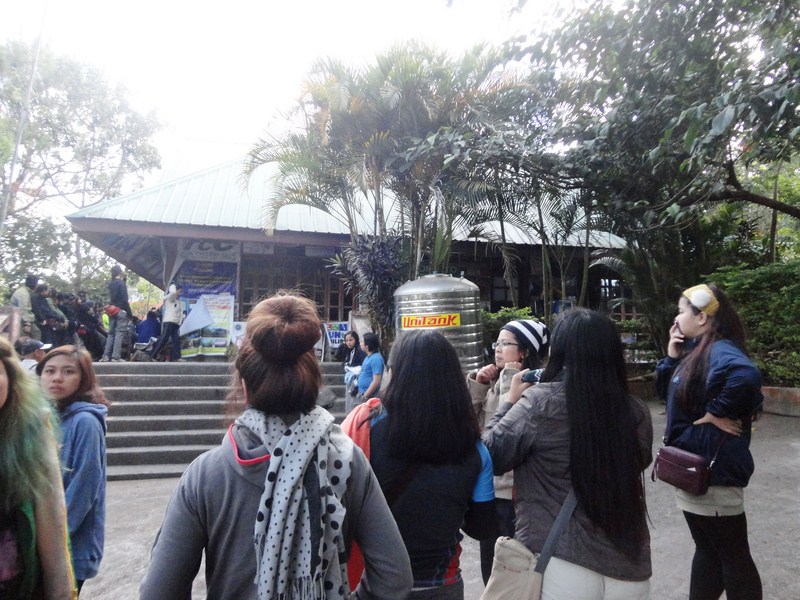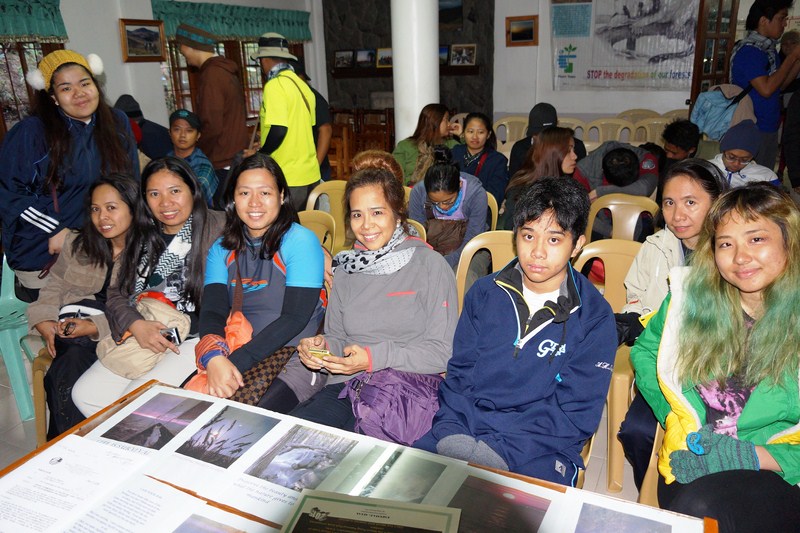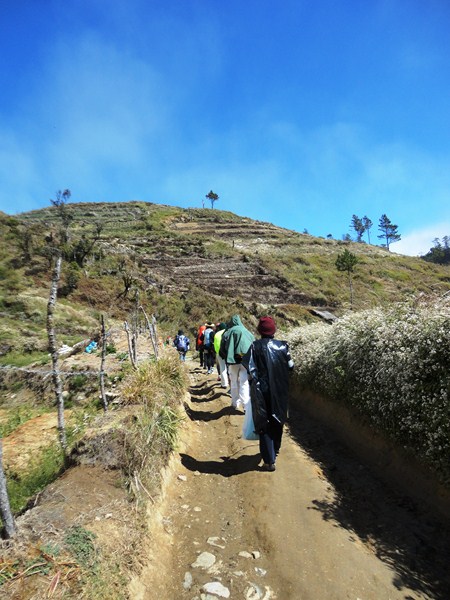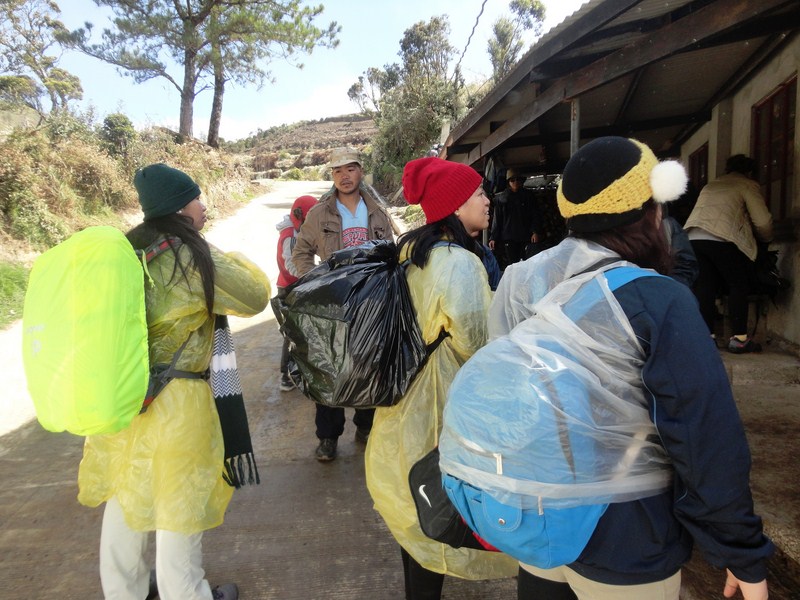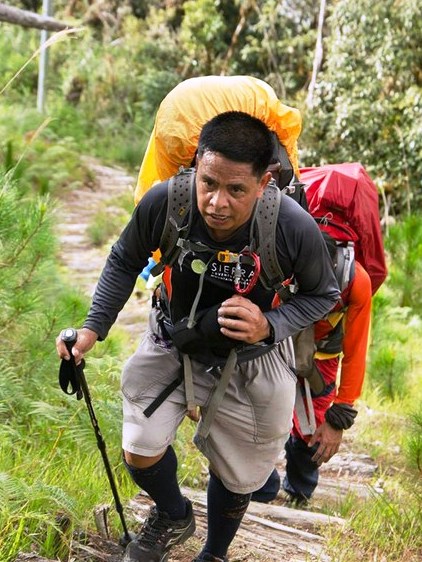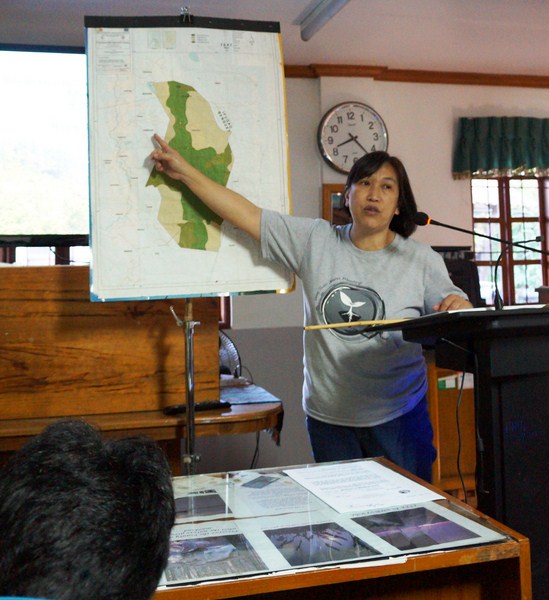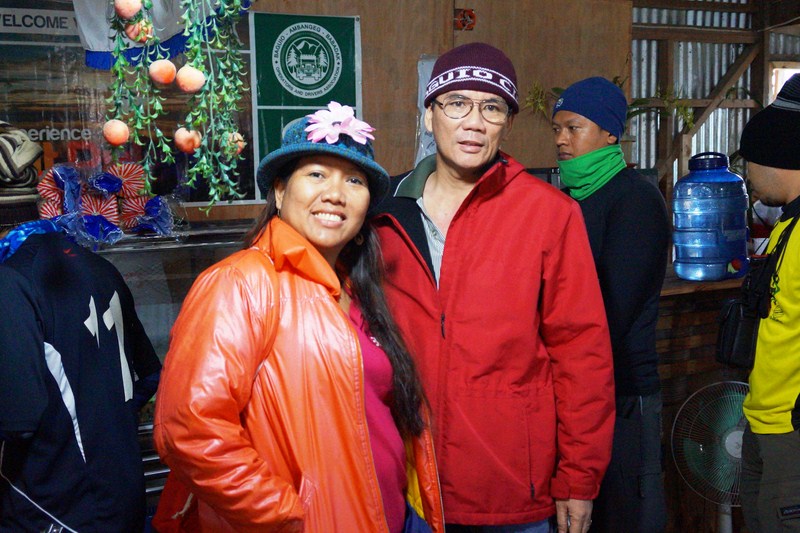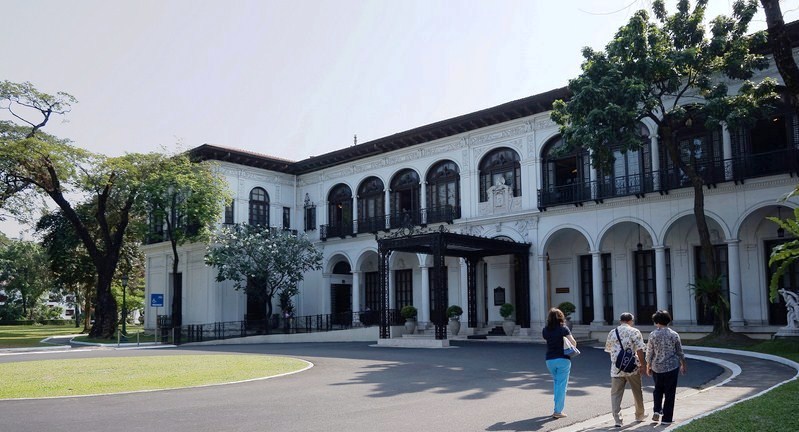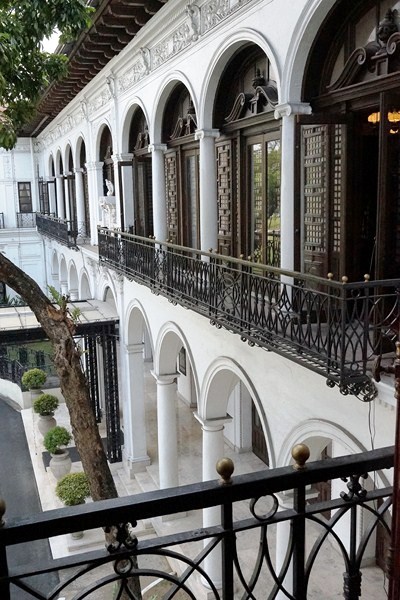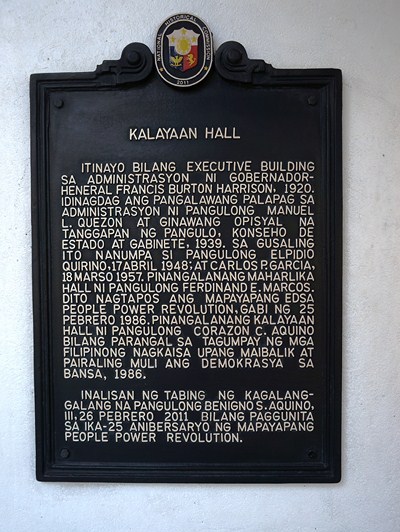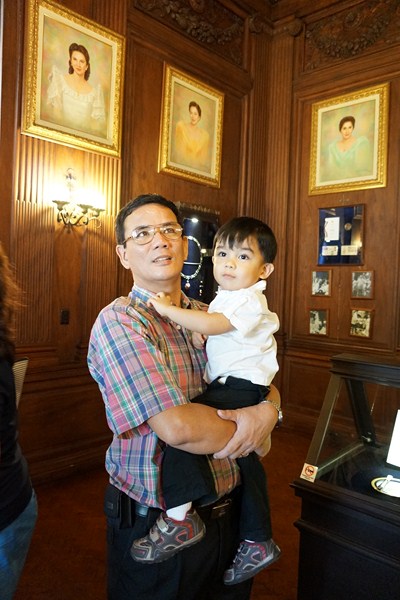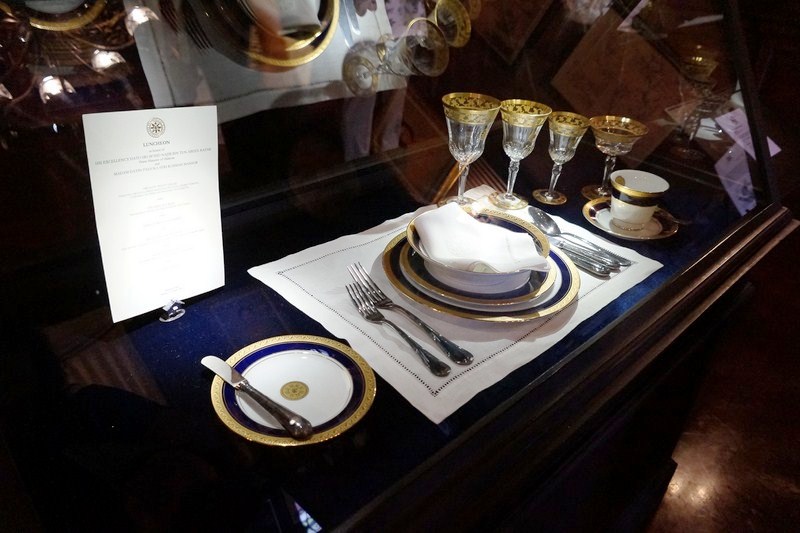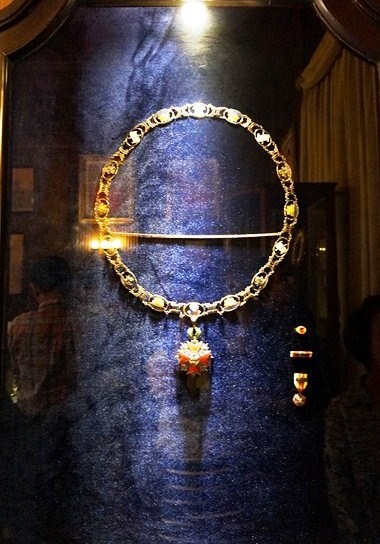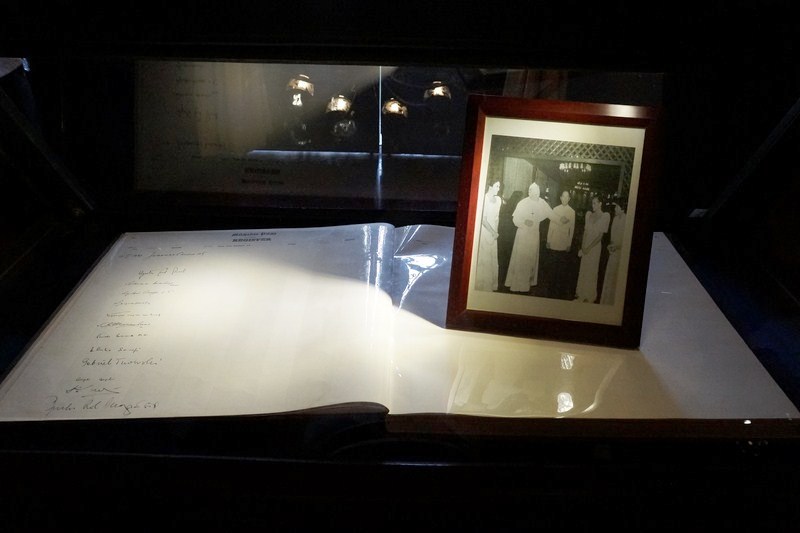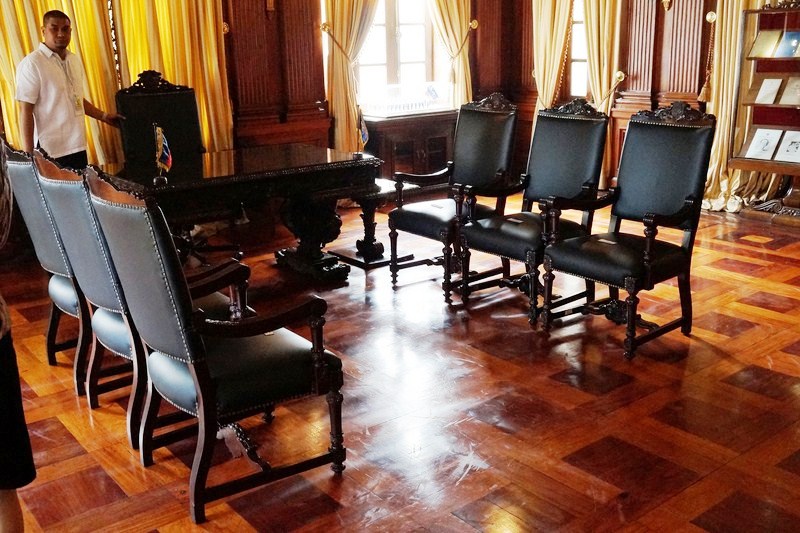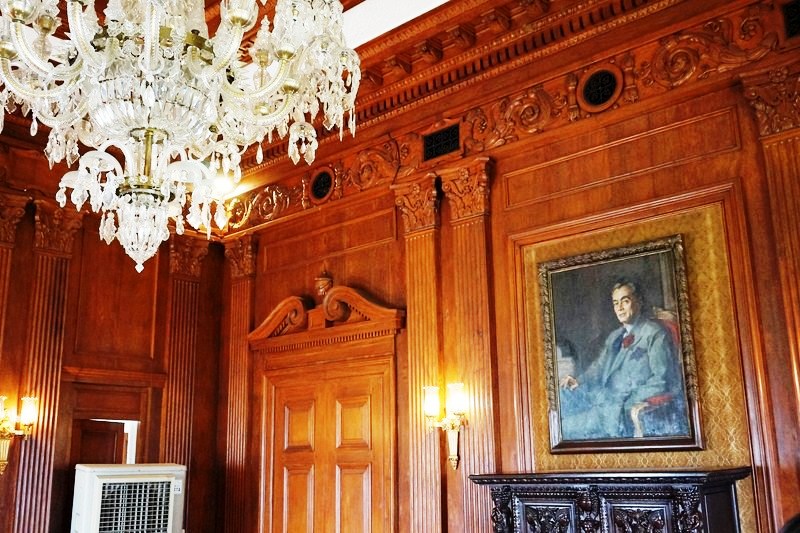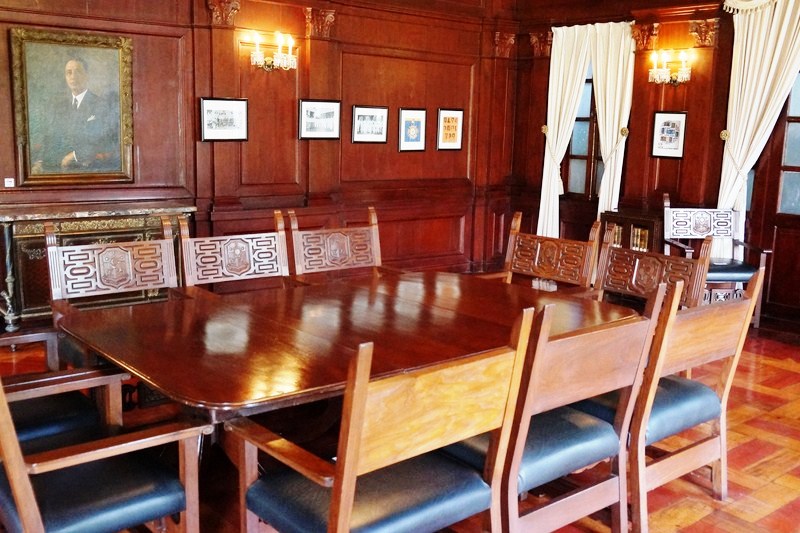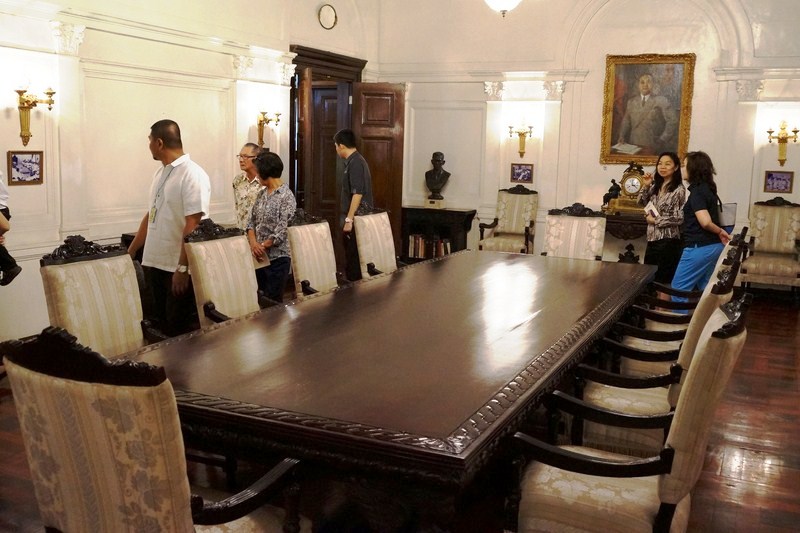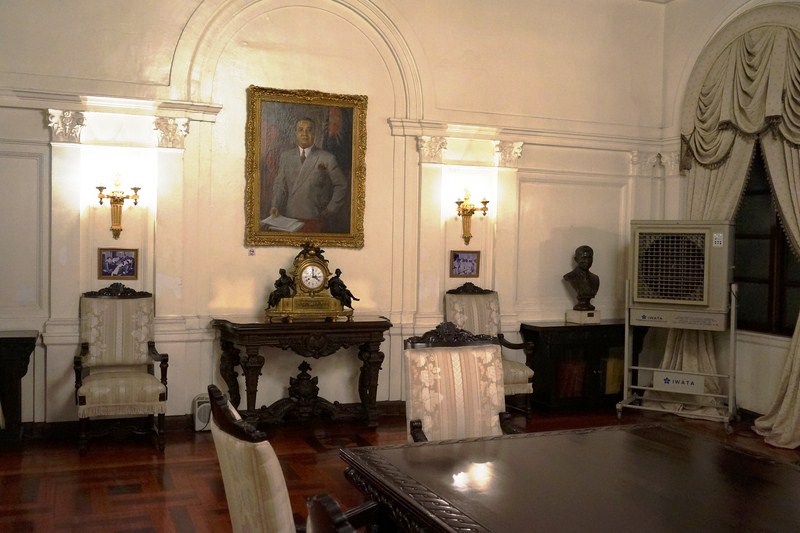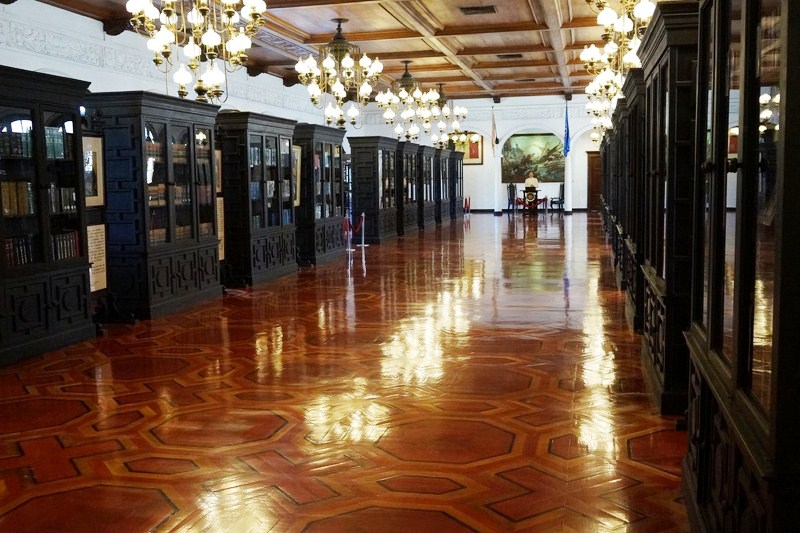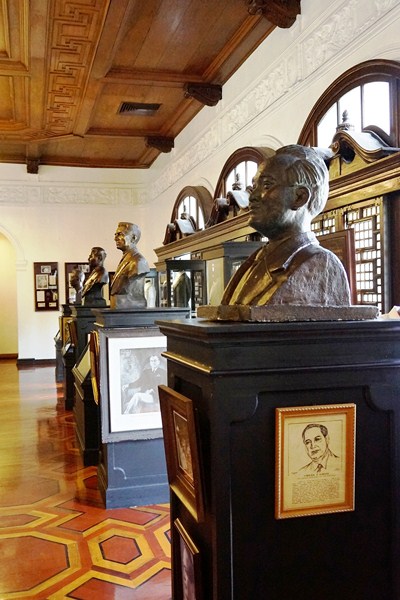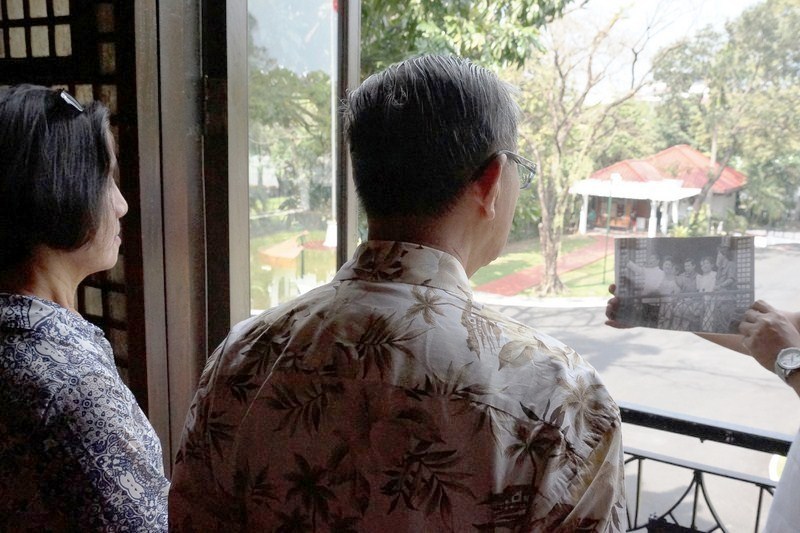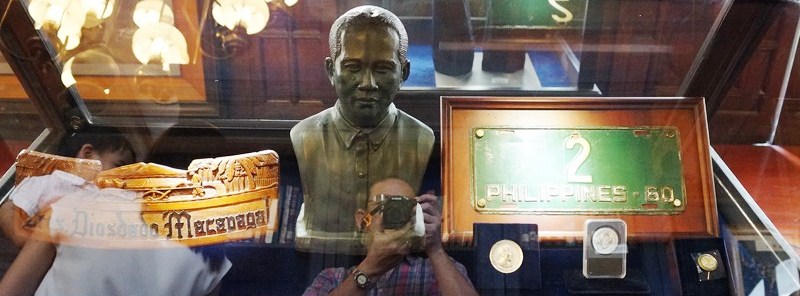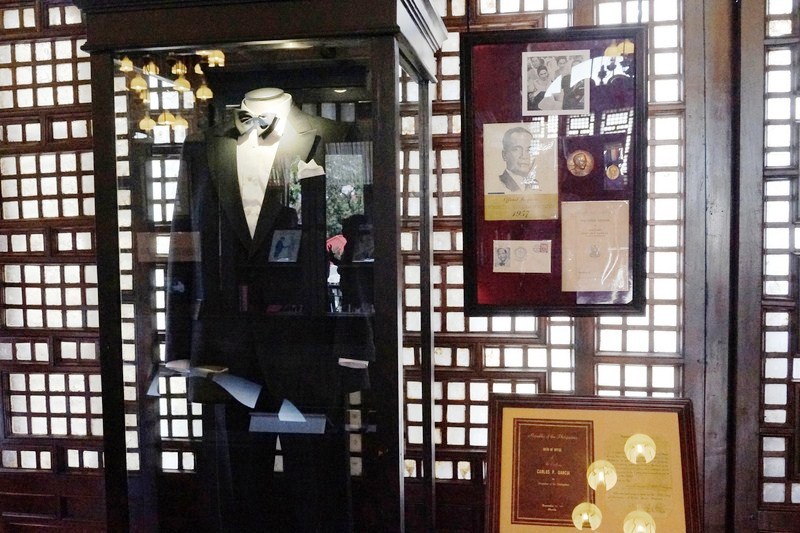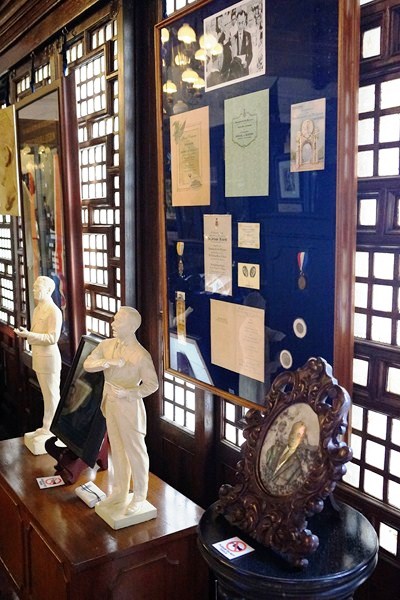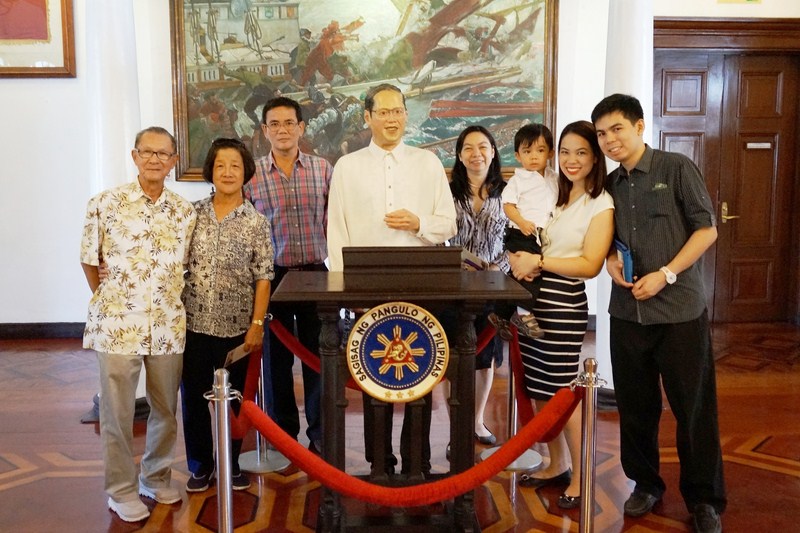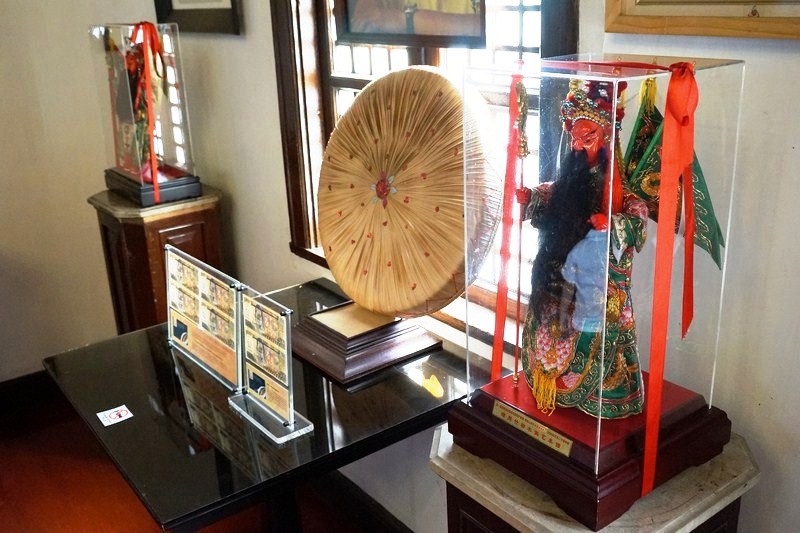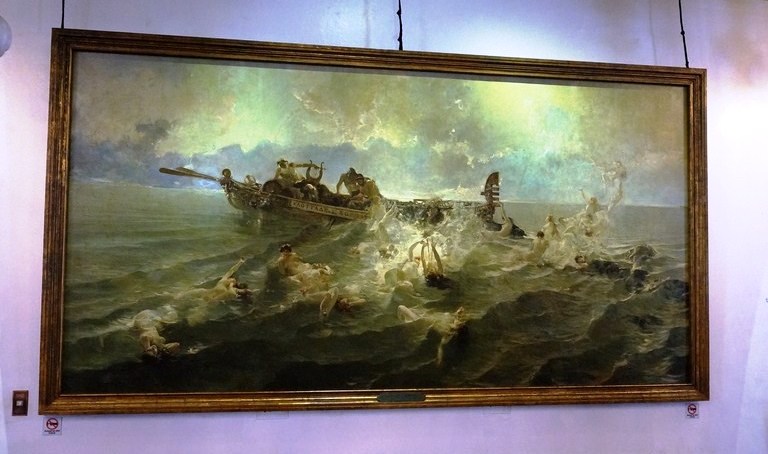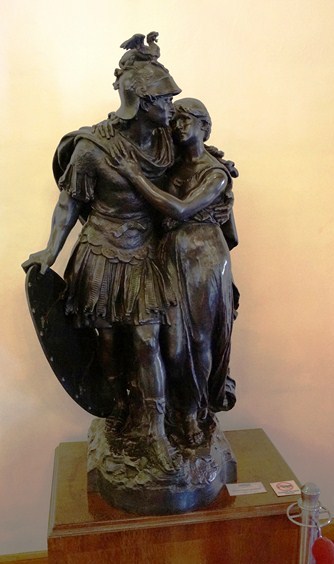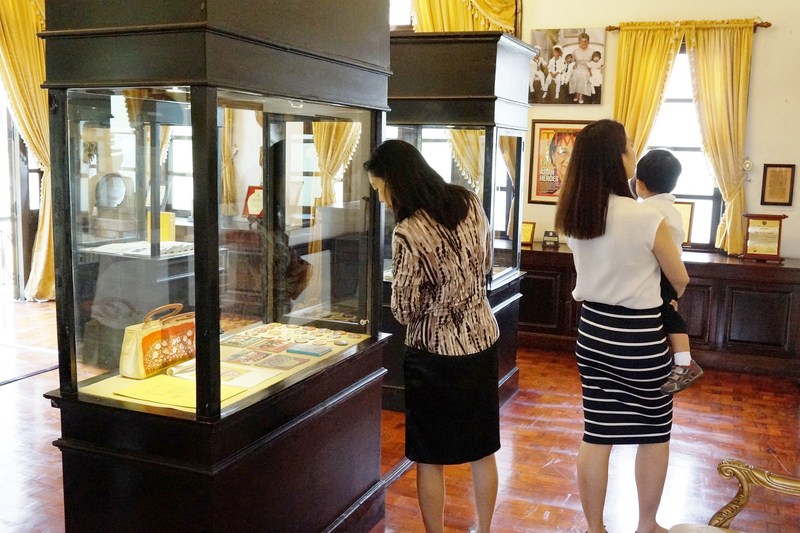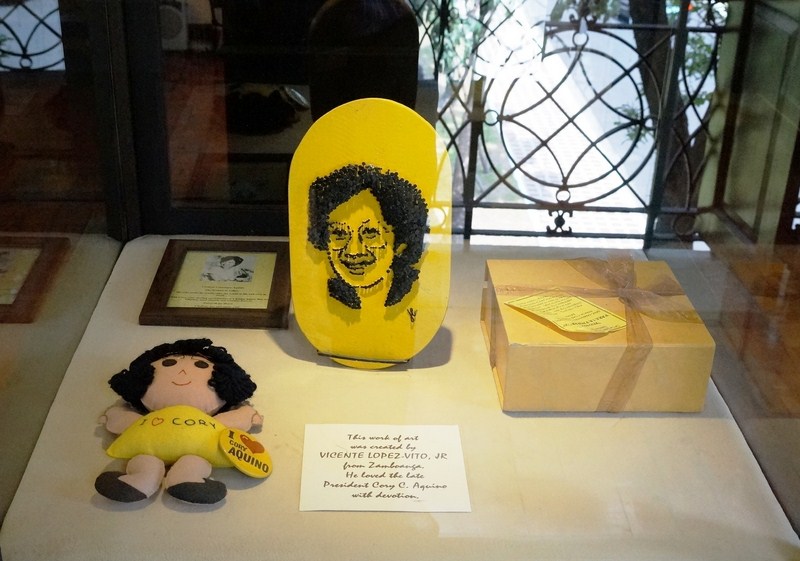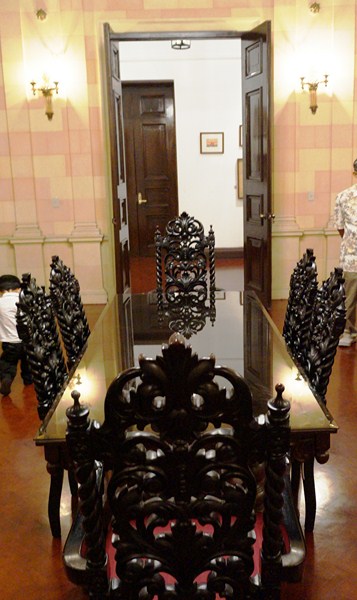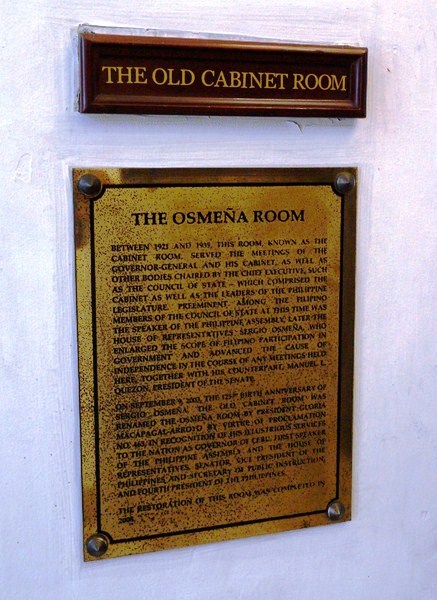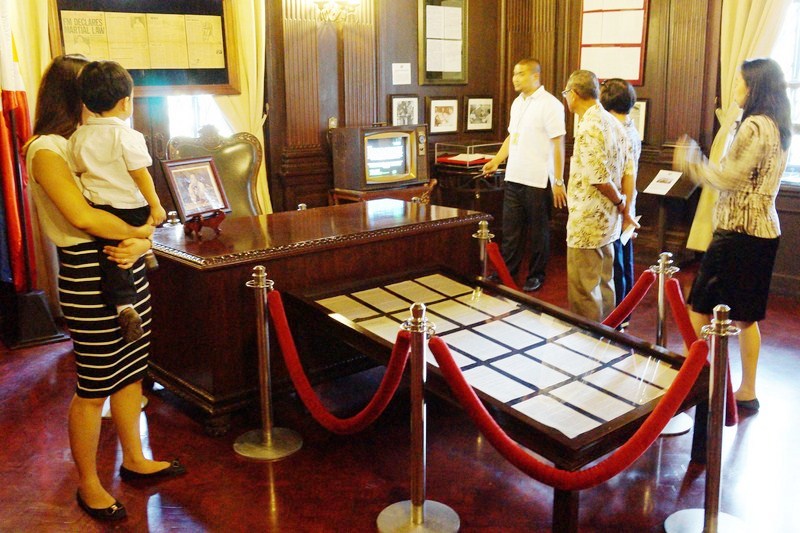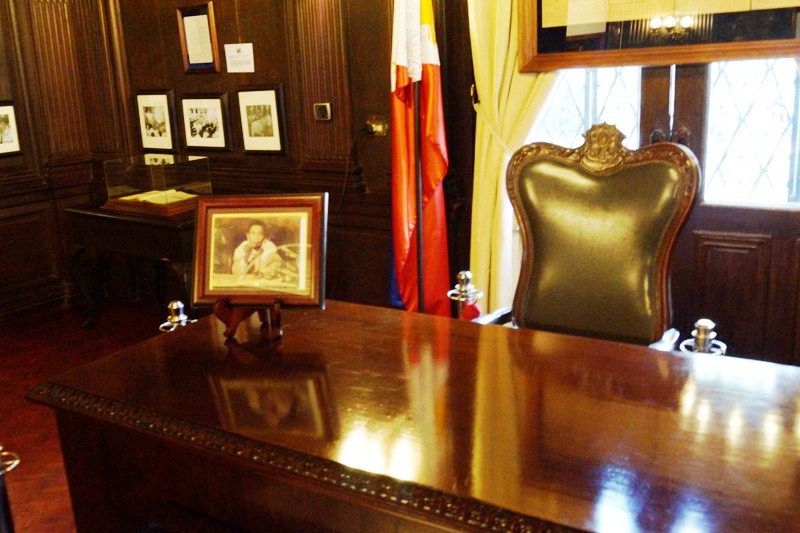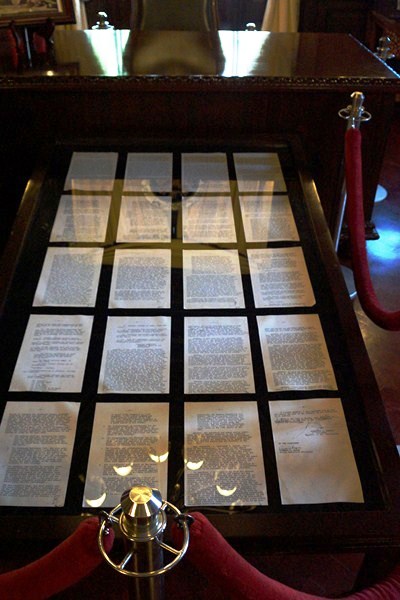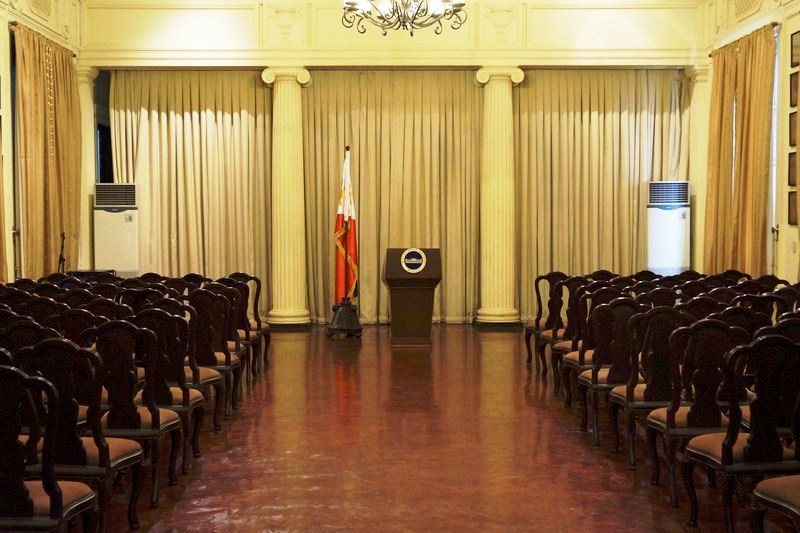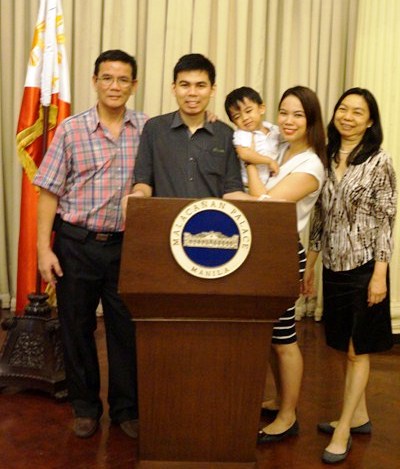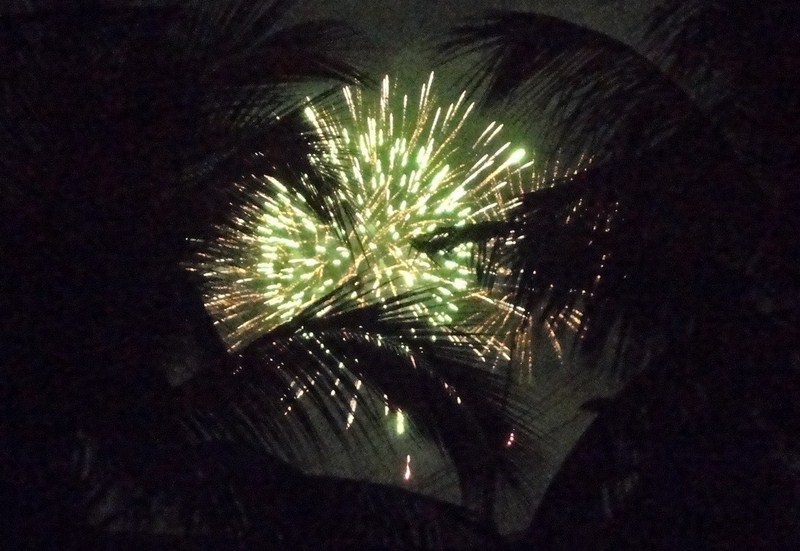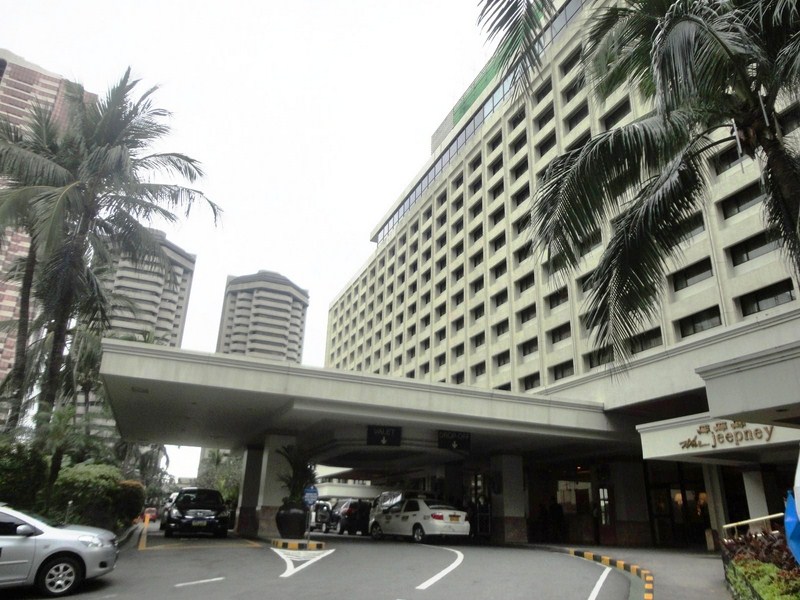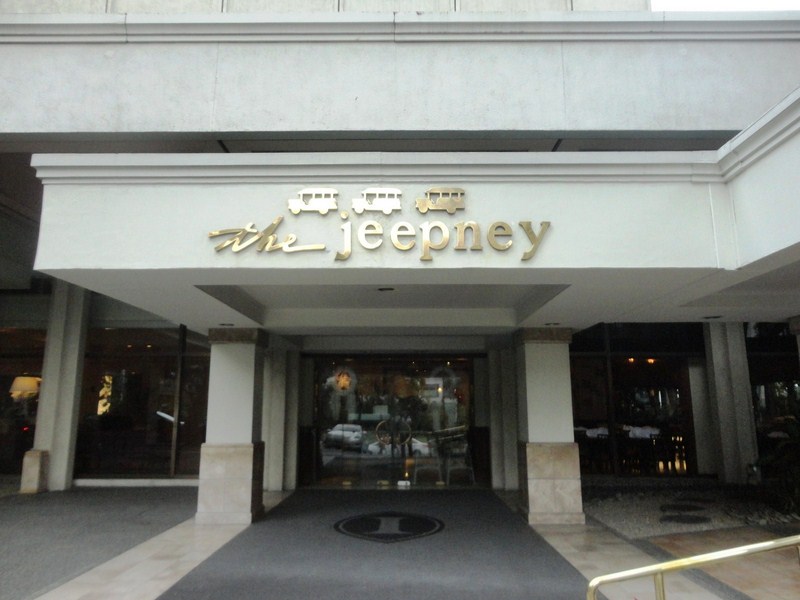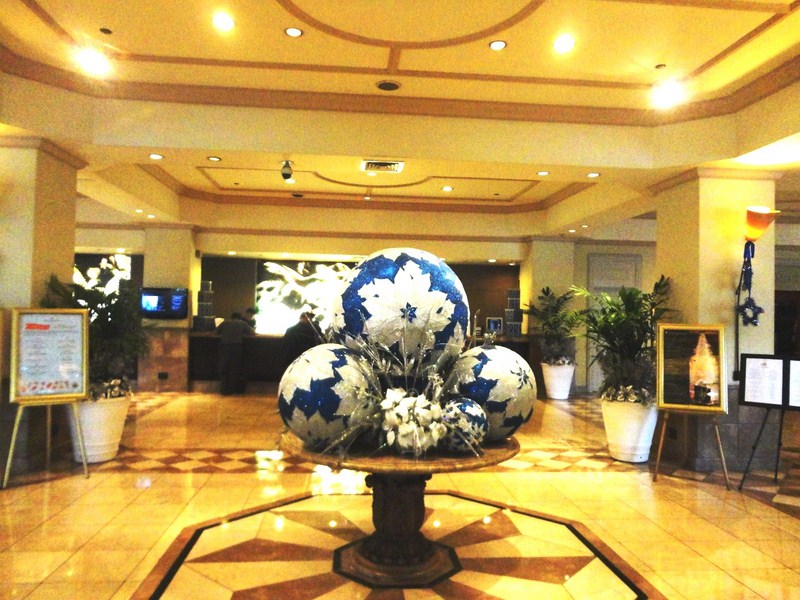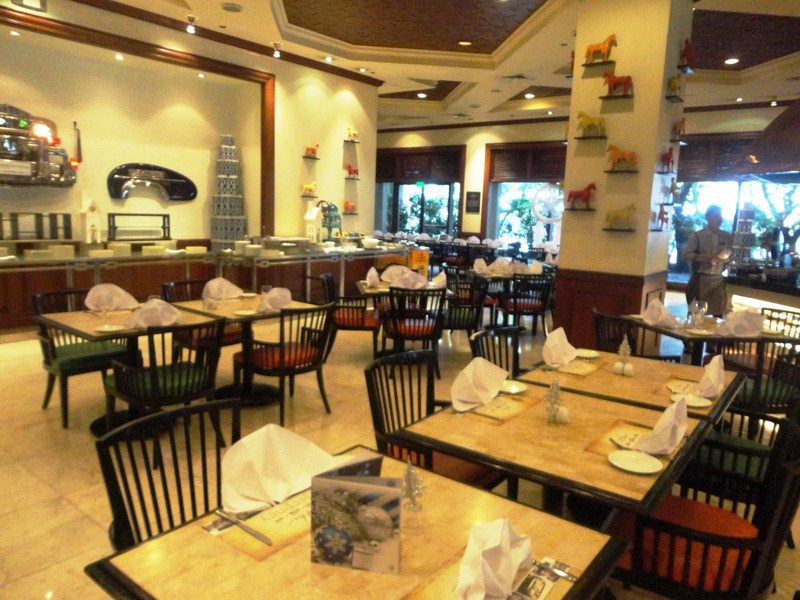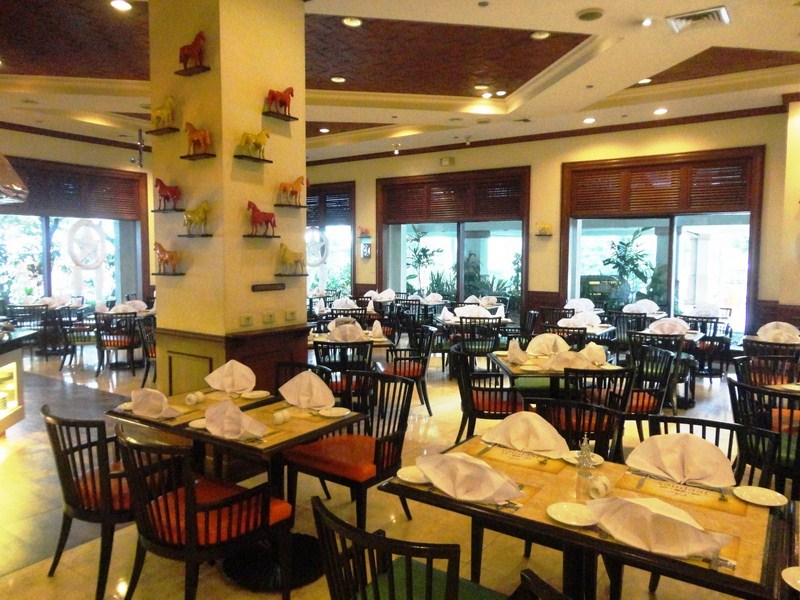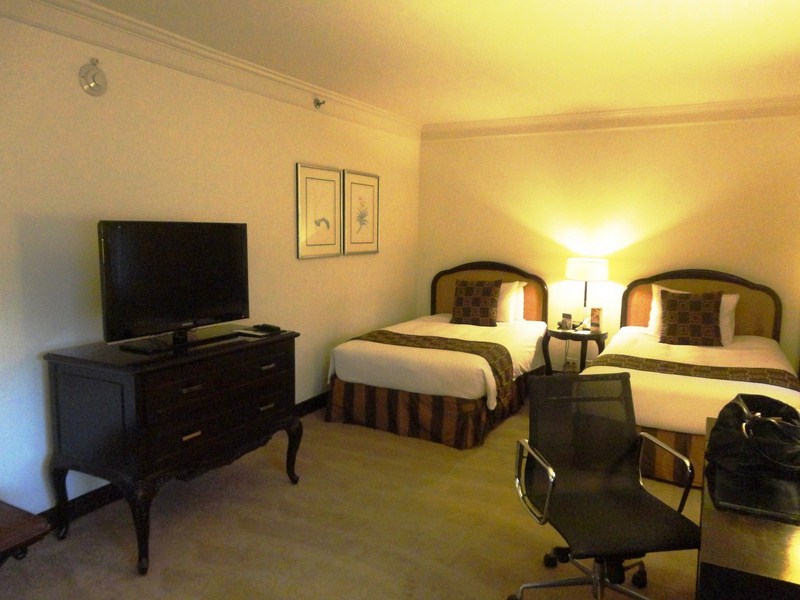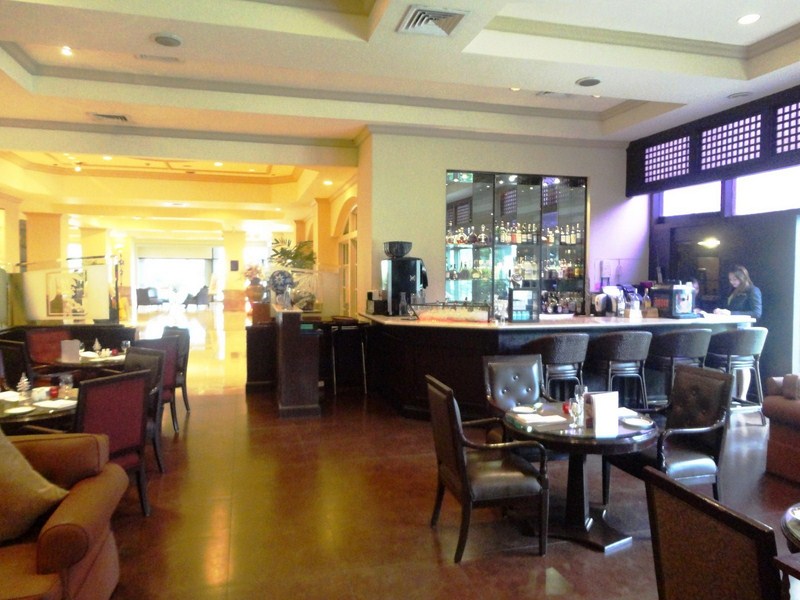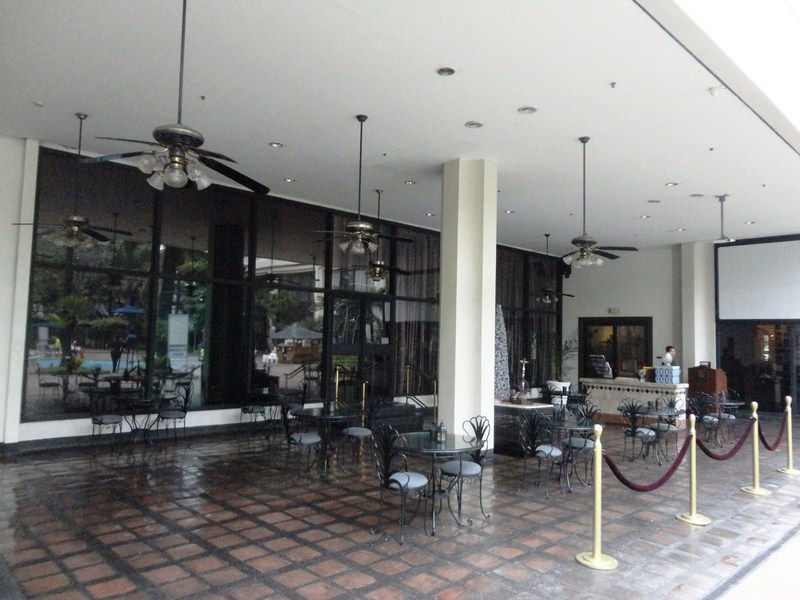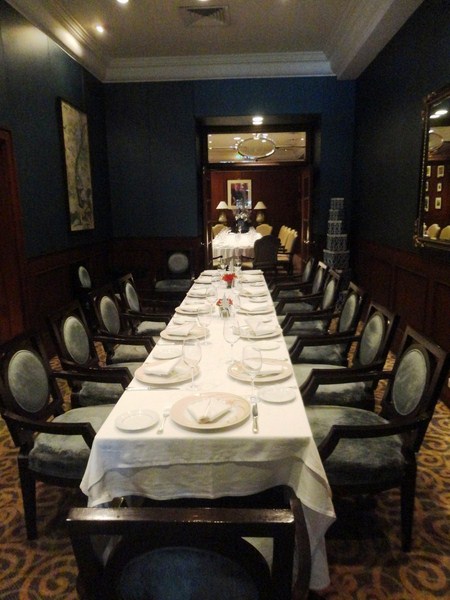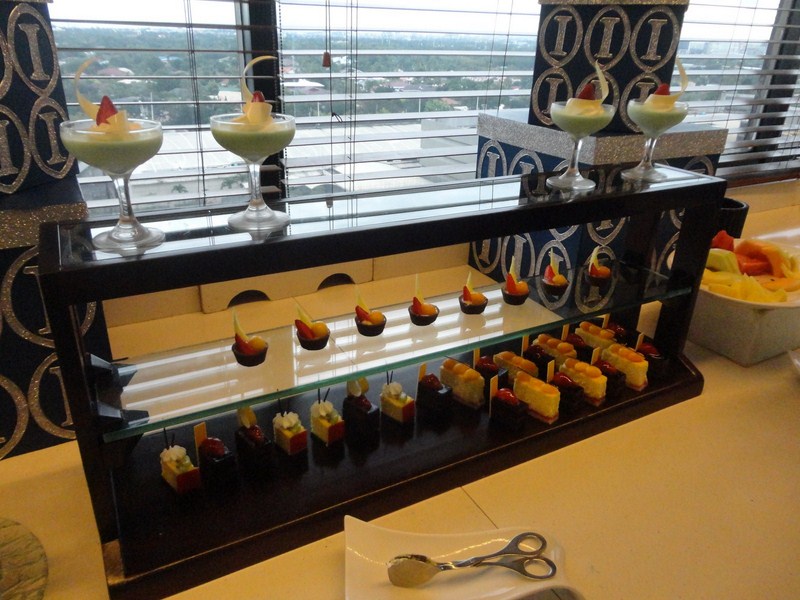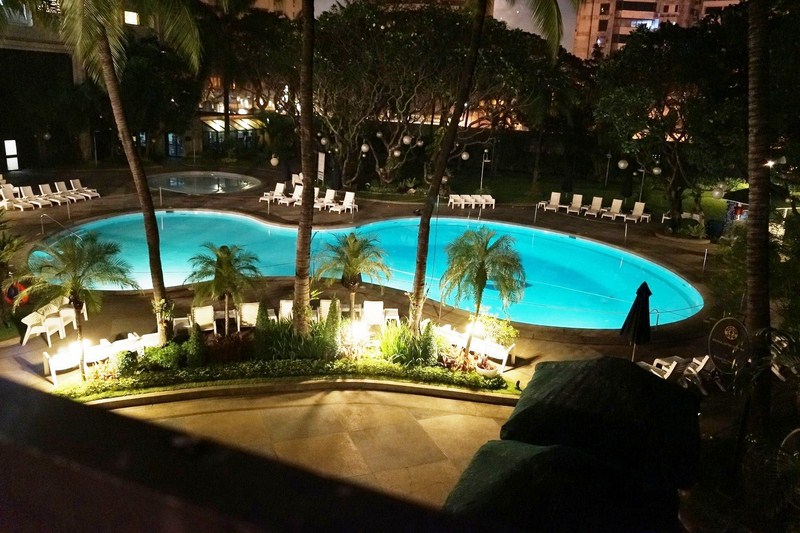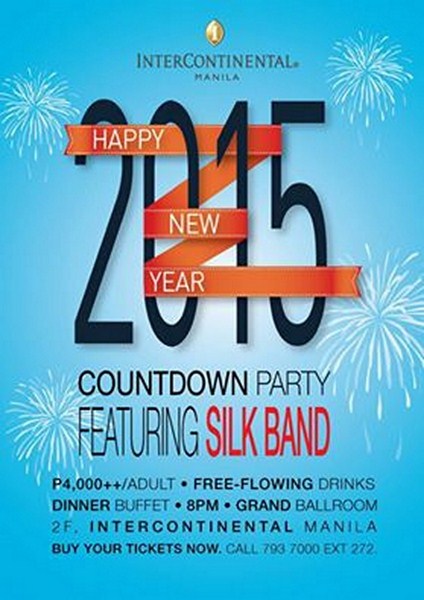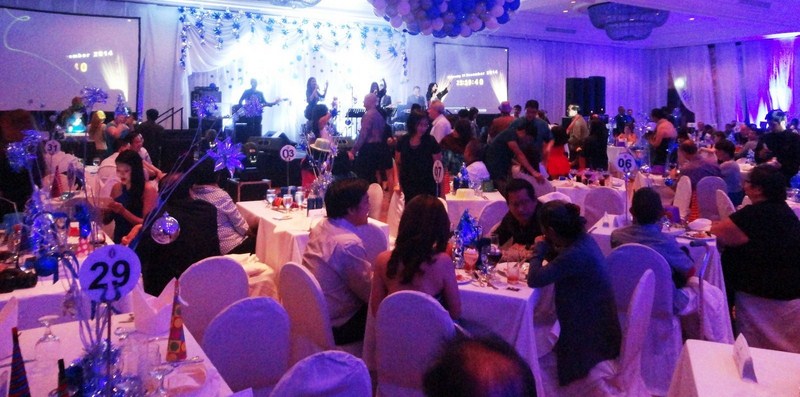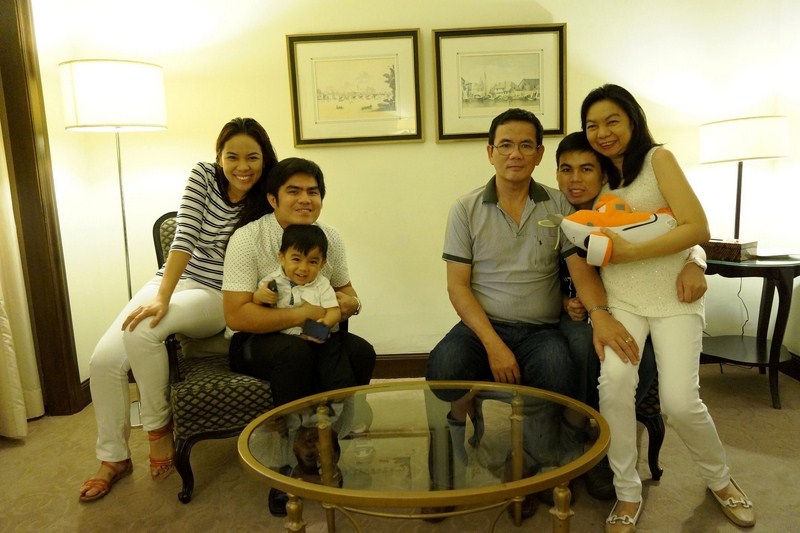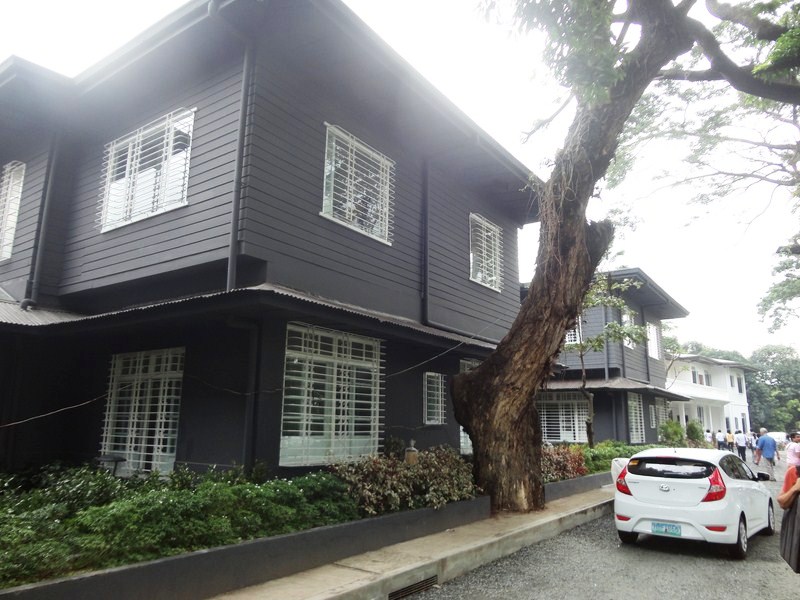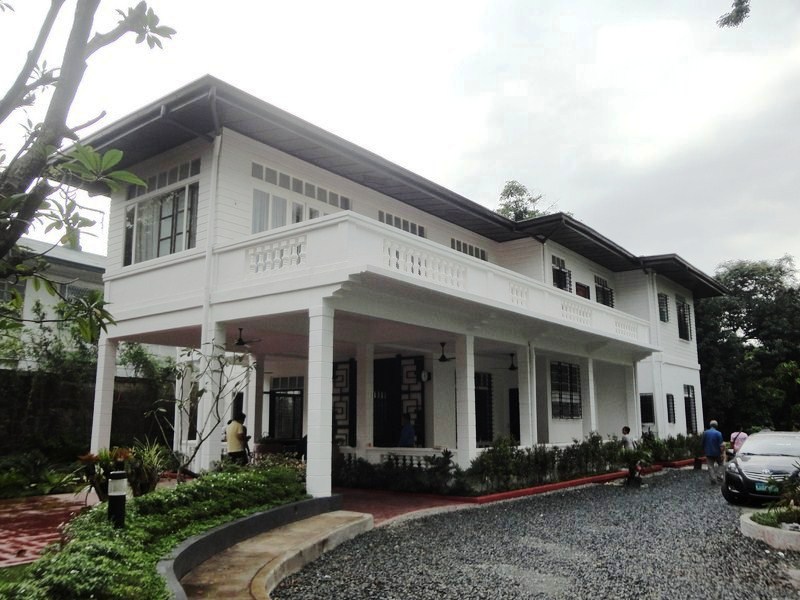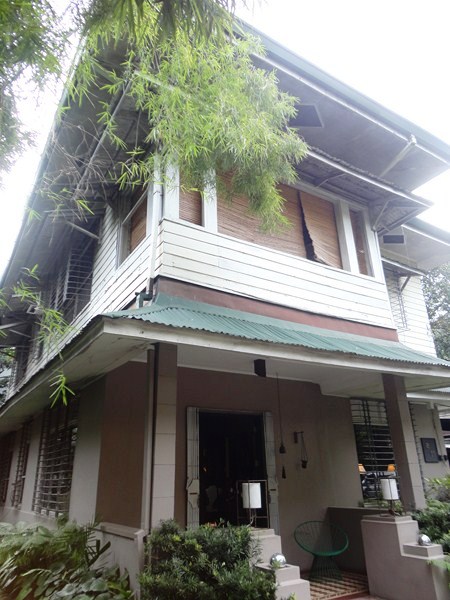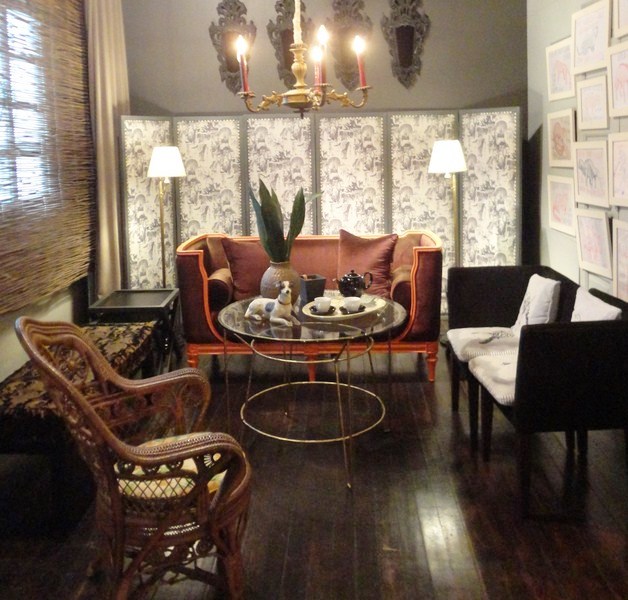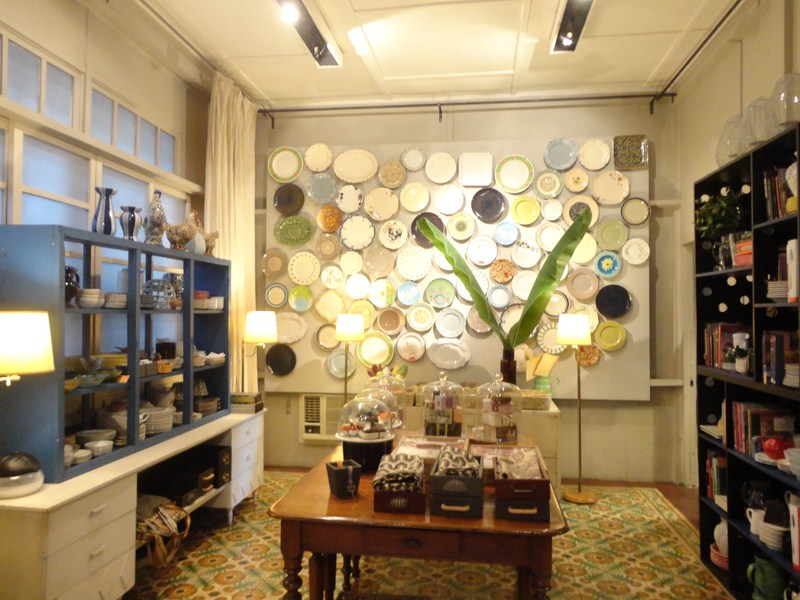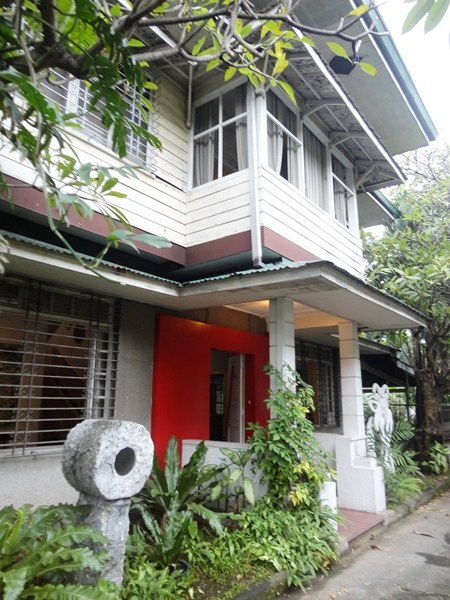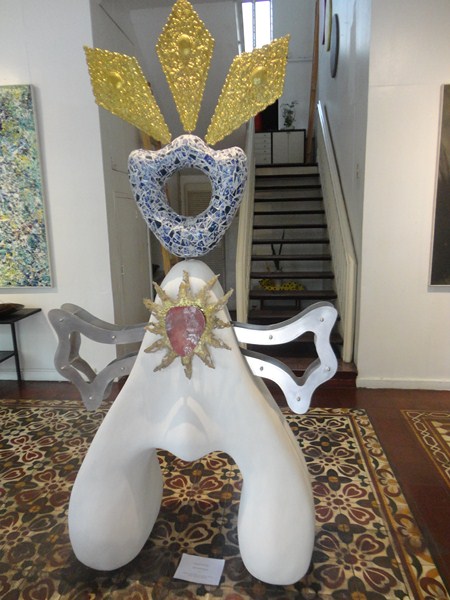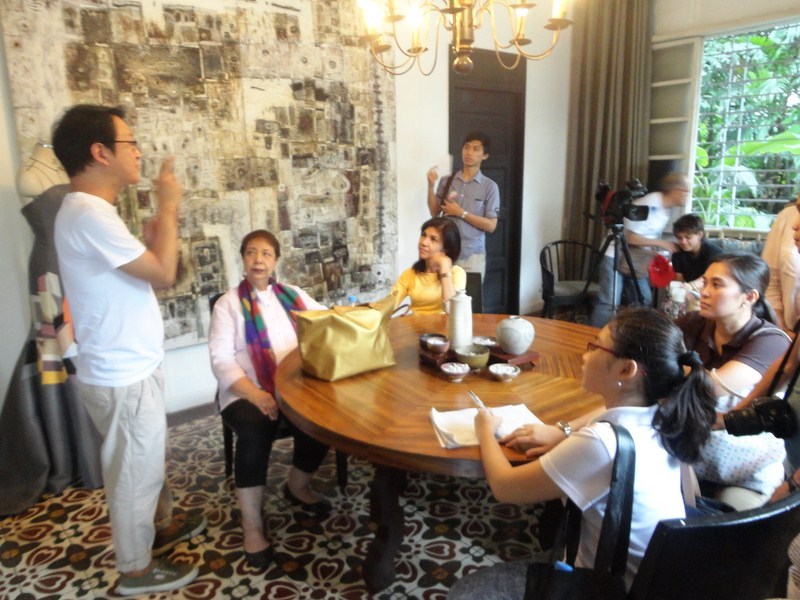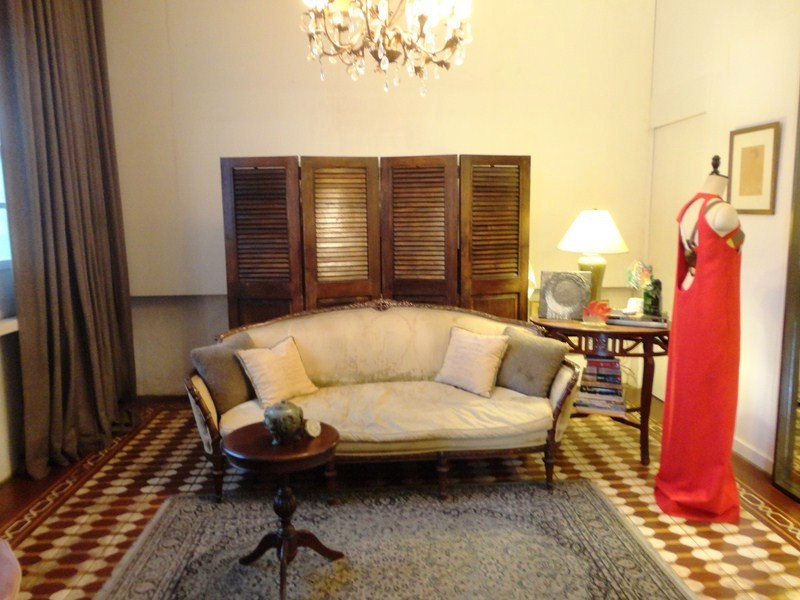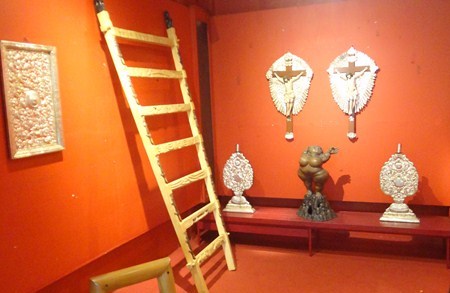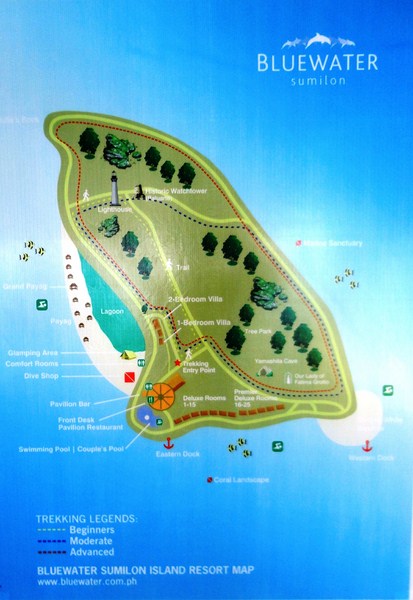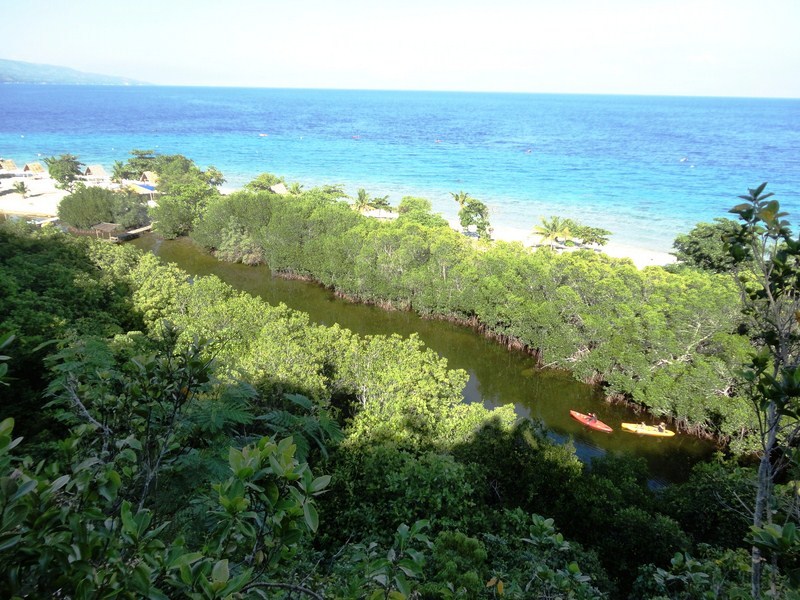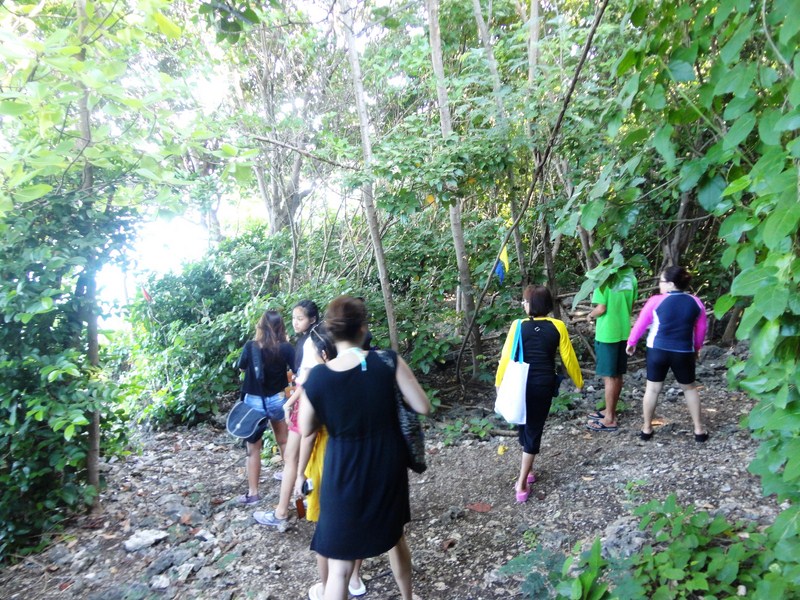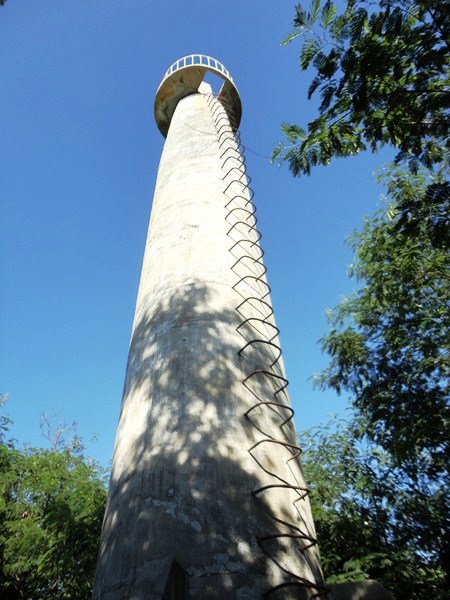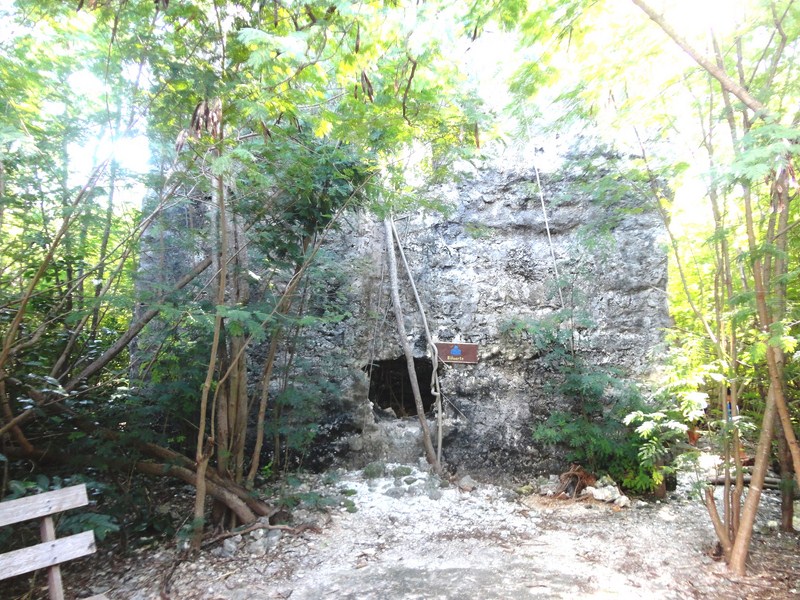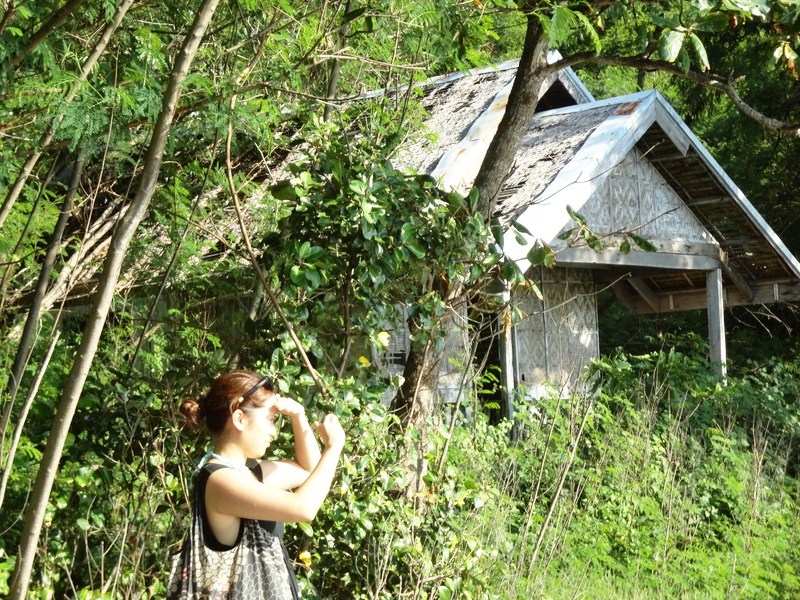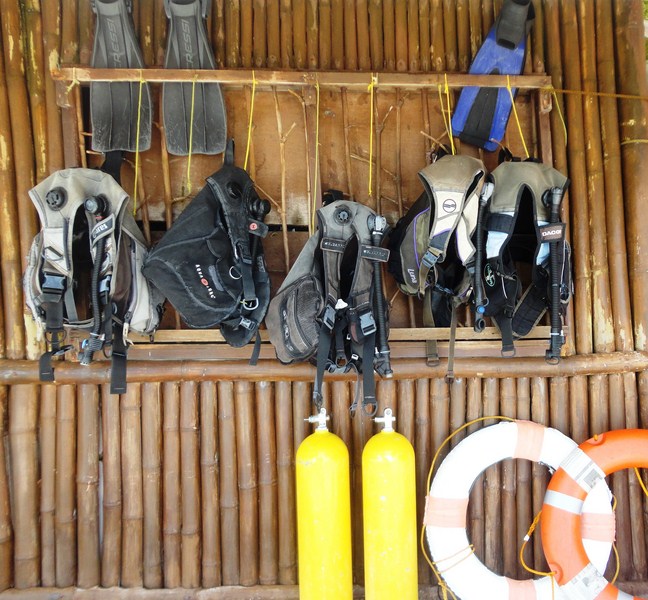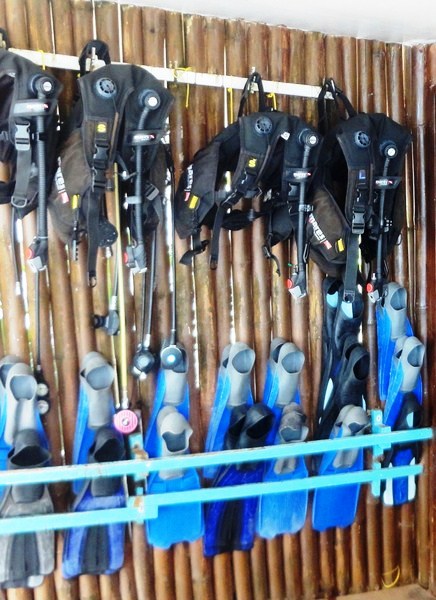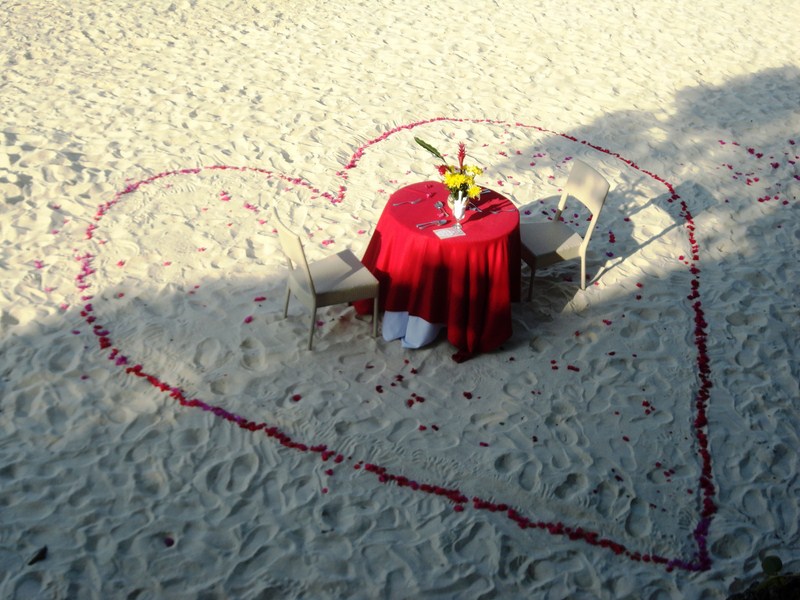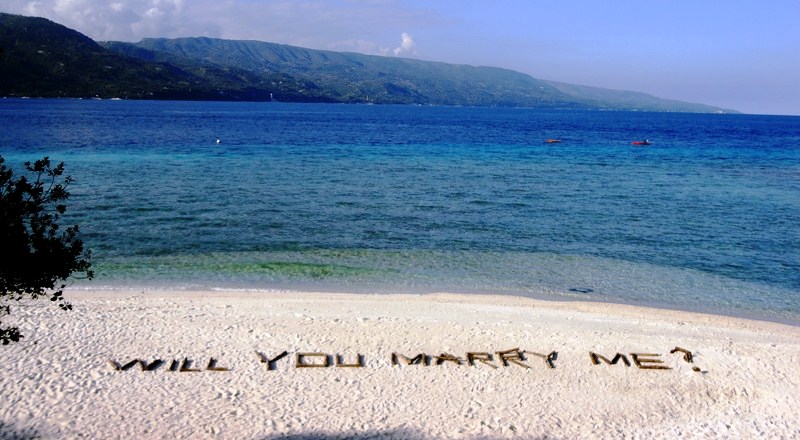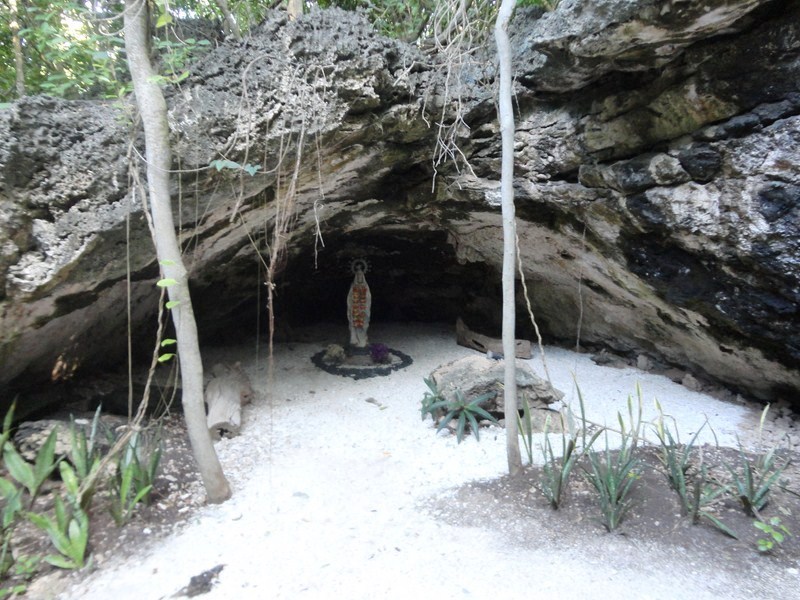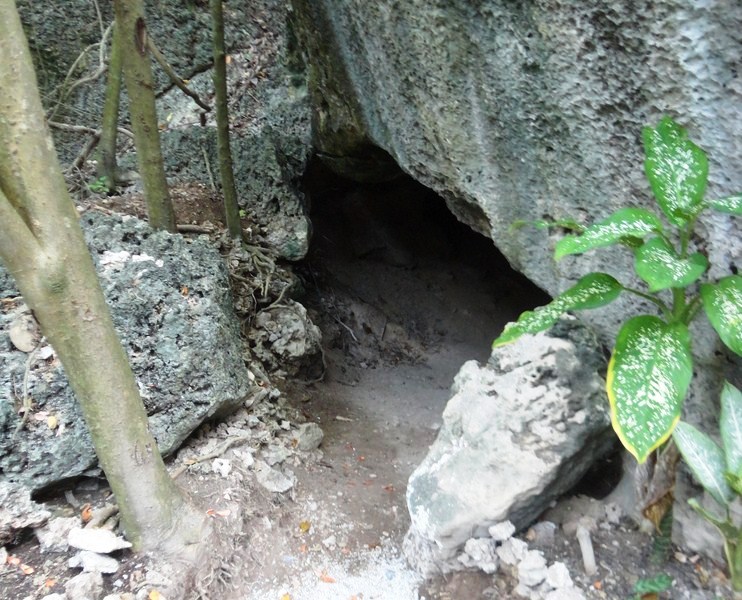At the end of the Pool of Pines was The Mansion (formerly called the Mansion House), the Philippine president’s palatial official summer residence and, easily, one of the most visited and photographed landmarks of Baguio City. Consisting of an elegantly designed, Spanish Colonial Revival-style main building and a guest house, it was designed by French-educated, New York based American architect William E. Parsons and started in 1907 to be the official summer residence of U.S. Governor-Generals.
The site selected was Outlook Point at the edge of the Pacdal Plateau. Its name is derived from the New England summer ancestral home U.S. Governor-General William Cameron Forbes in the family-owned Naushon Island near the Massachusetts coast, under whose administration the original Mansion House was built. On March 21, 1908, at the onset of summer, the household of Governor-General James Francis Smith moved into the Mansion House. From March 19 to April 28, 1910, the meeting of the Second Philippine Legislature was held at the Mansion House.
With the inauguration of the Philippine Commonwealth in 1935, the Mansion House, along with Malacañan Palace, was turned over to the Philippine president. The High Commissioner to the Philippines Paul V. McNutt, the successor to the Governor-General as the highest American official in the Philippines and representative of the United States Government, then built The American Residence, completed in 1940 at Camp John Hay.
During the Second World War, the Mansion House was badly damaged due to constant bombing and strafing but, in 1947, it was rebuilt at a cost of PhP80,000 and improved, with additional guest rooms and conference rooms constructed. Since then, it has served as the holiday home and working office for each President of the Philippines during his or her visits to Baguio City.
The Mansion House was also used as the venue of important events. In 1947, it served as the seat of the second session of of the United Nations Economic Commission for Asia and the Far East (ECAFE). The next year, it was the site of the second session of the Food and Agriculture Organization (FAO) and, in 1950, the first meeting of the Southeast Asian Union (SEAU), more commonly known as the Baguio Conference of 1950, was conceived and convened by President Elpidio Quirino.
Parts of the Mansion House are open to tourists. As always, there were lots of tourists taking turns posing in front of its tall and ornate, main gate, still one of the most photographed sections of the property. Made of ornate ironwork, the front gate was earlier falsely reported as a replica of one of the main gates at Buckingham Palace in London. A contingent of Philippine Marines maintains the security of this large compound and we saw some of them manning the guardhouse at the vicinity of the entry gate.
Mounted on the gate posts are 2 historical markers unveiled by President Gloria Macapagal-Arroyo and the National Historical Institute (now the National Historical Commission of the Philippines) on December 30, 2008 (the centenary of the Mansion House), one in English and the other containing the text translated in Filipino, both detailing the structure’s history. On January 16, 2009, the board of the National Historical Institute, through Resolution No. 1, s. 2009, declared the Mansion House as a National Historical Landmark.
Some official government vehicles entered the compound by passing through a great circular driveway. Within the compound and adjacent to the Mansion is a two-story building which serves as the official residence of the Philippine President. Nearby is a small amphitheater. As the President was not in residence, Jandy, Almira, Albert, Melissa and I, as well as other tourists, were allowed to enter a little past the gates, posing in front of its beautiful gardens and well-manicured lawn, also a favorite site for sightseeing and picture taking.
Tourists can also visit the Mansion House’s museum, a branch museum of the Malacañang Museum (now the Presidential Museum and Library) established on May 18, 2010 by virtue of Executive Order No. 880. The museum houses presidential memorabilia and works of art collected over its years by former presidents.
The Mansion: C.P. Romulo Drive (formerly a part of Leonard Wood Rd.), 2600 Baguio City, Benguet.

